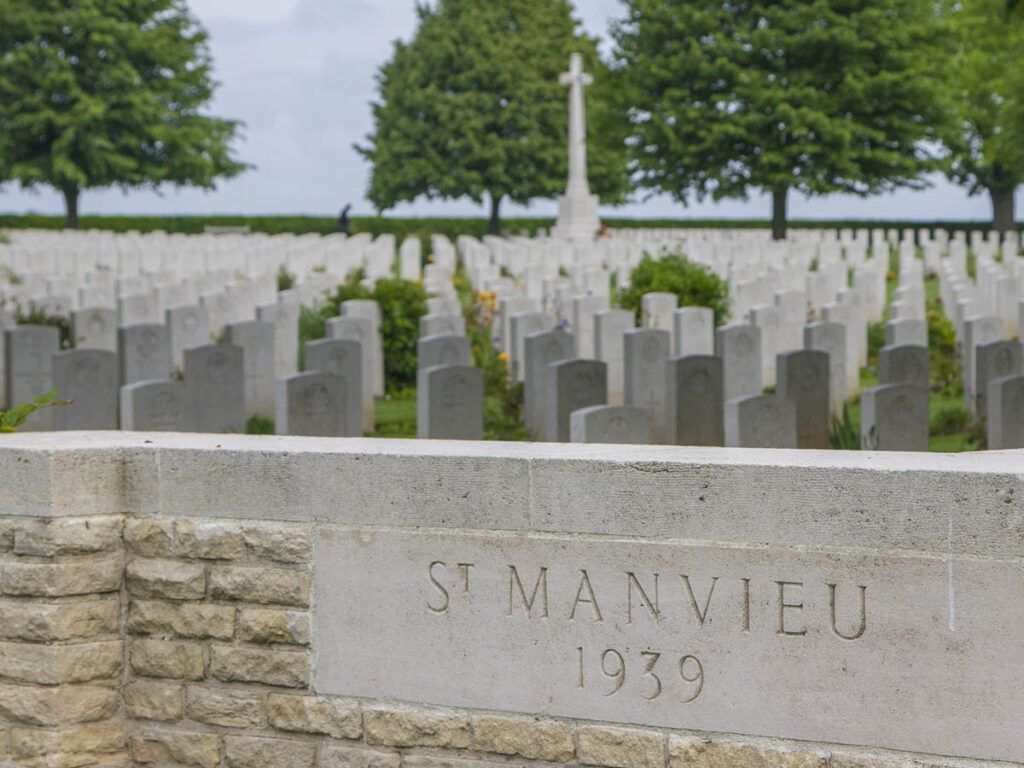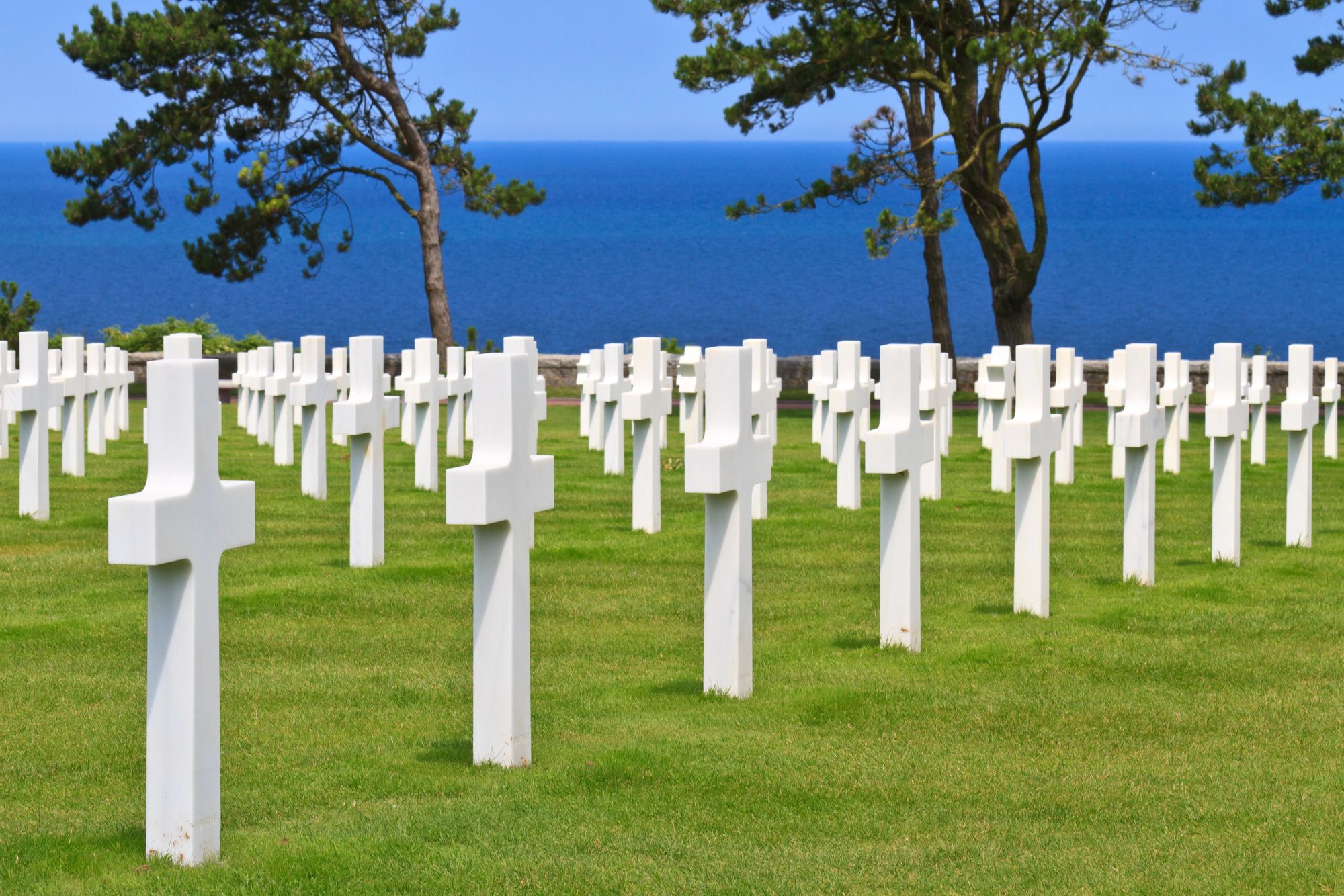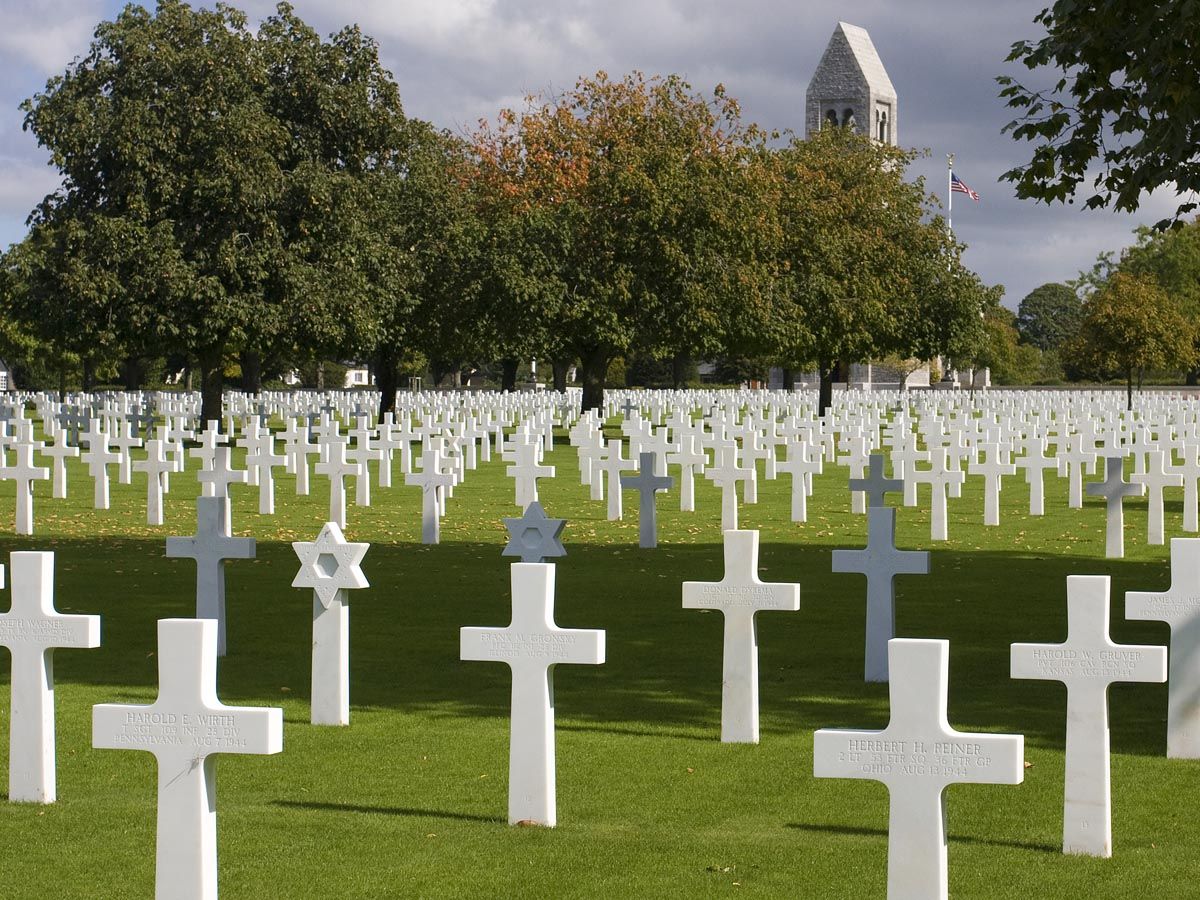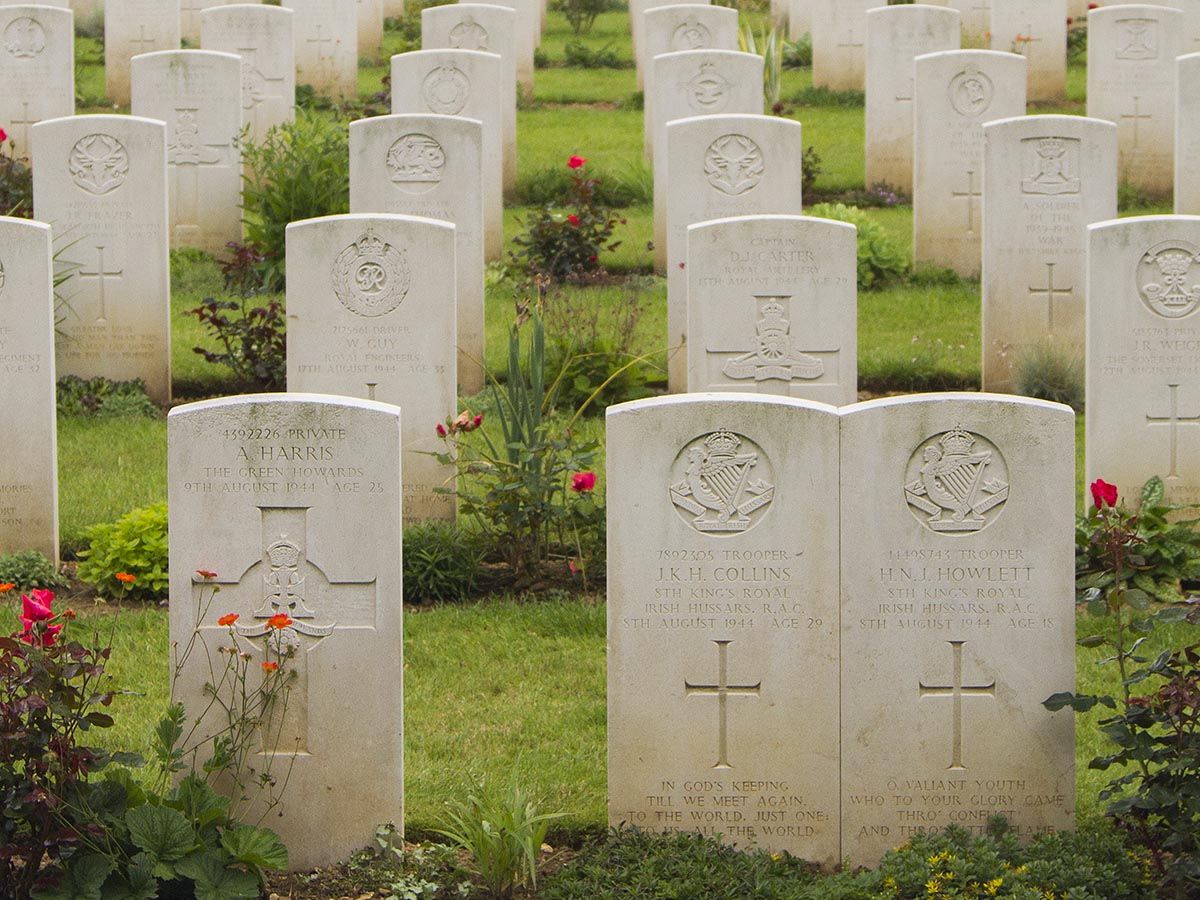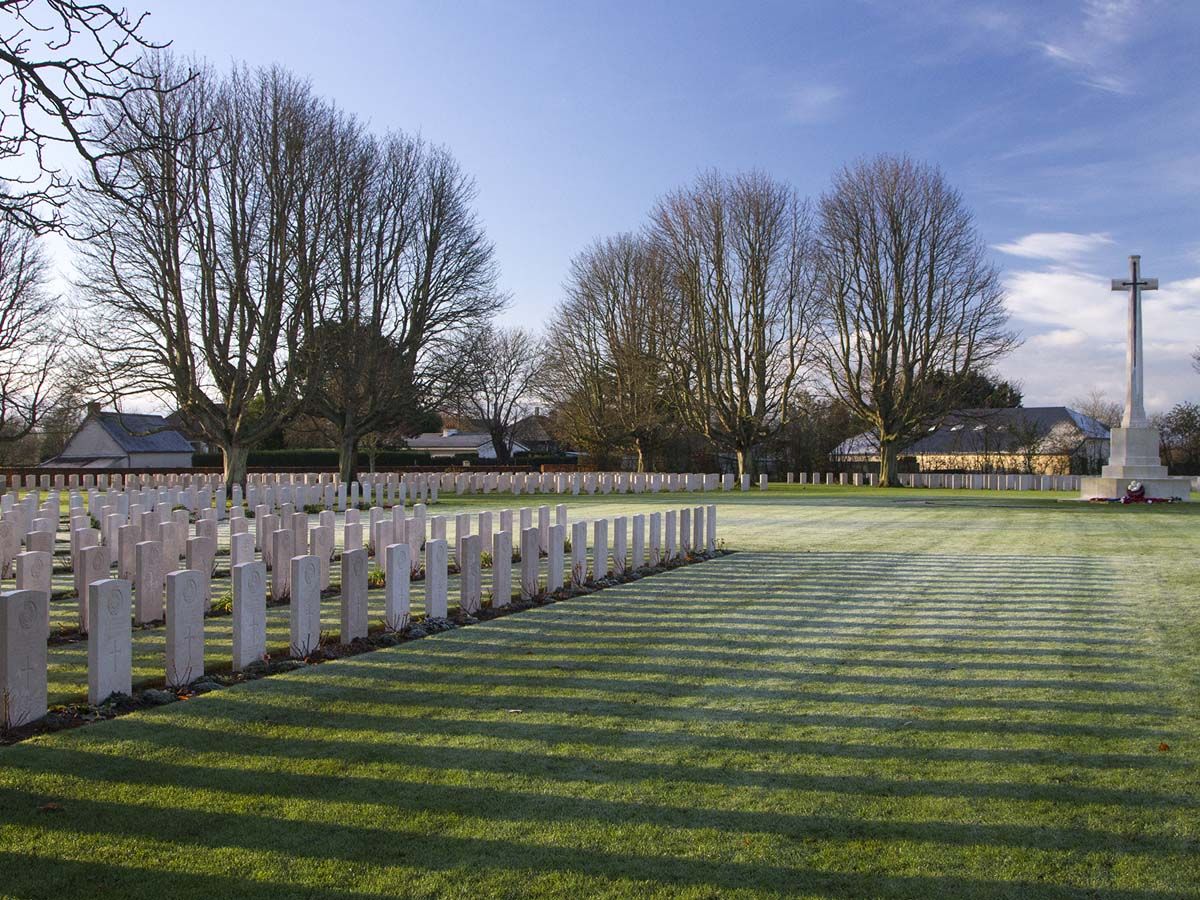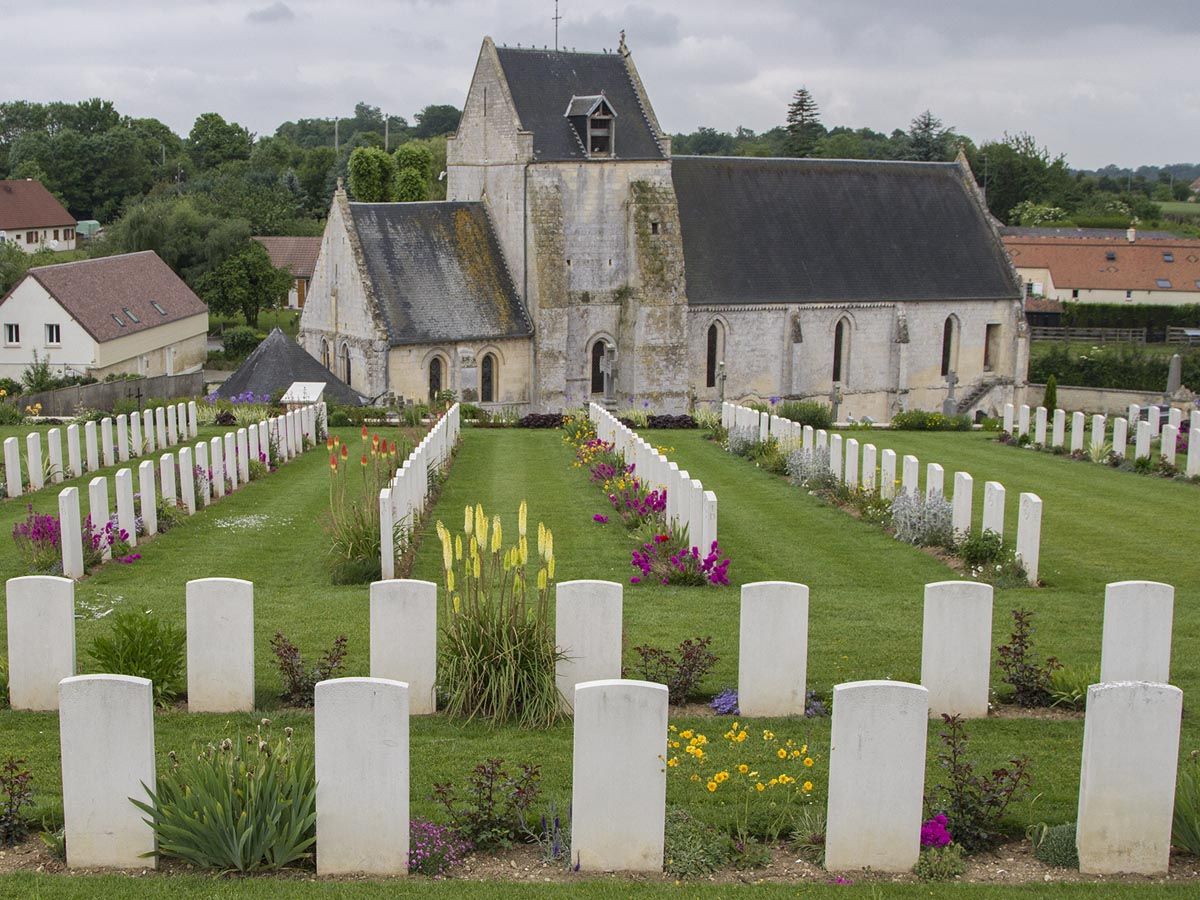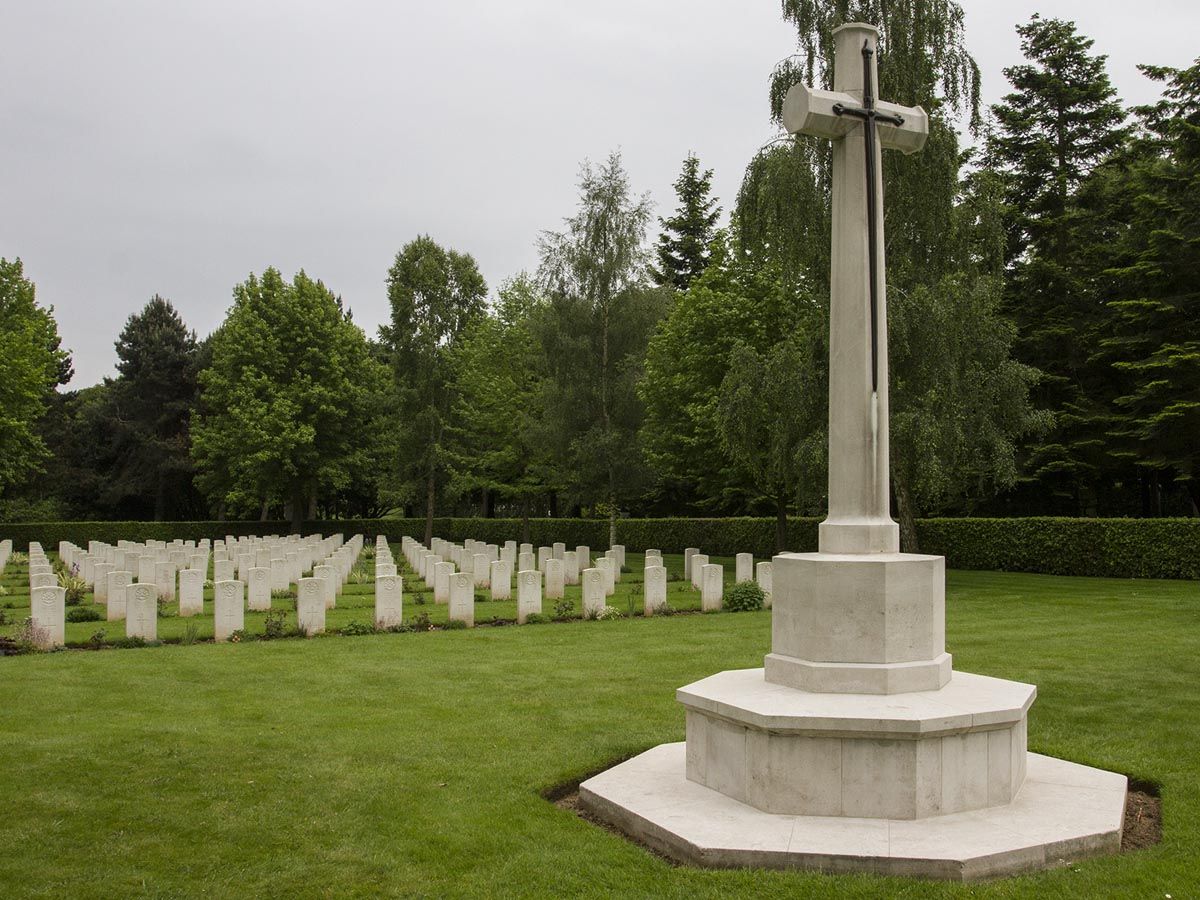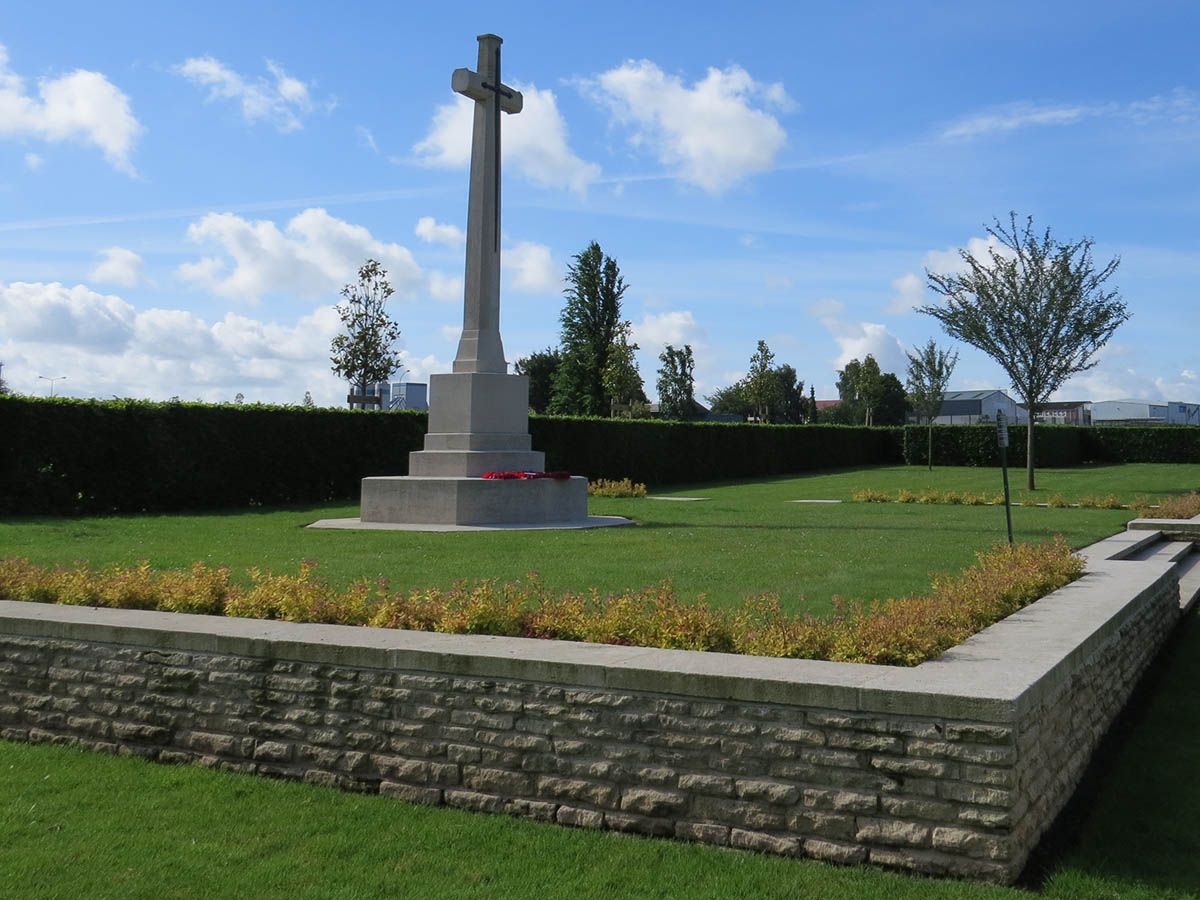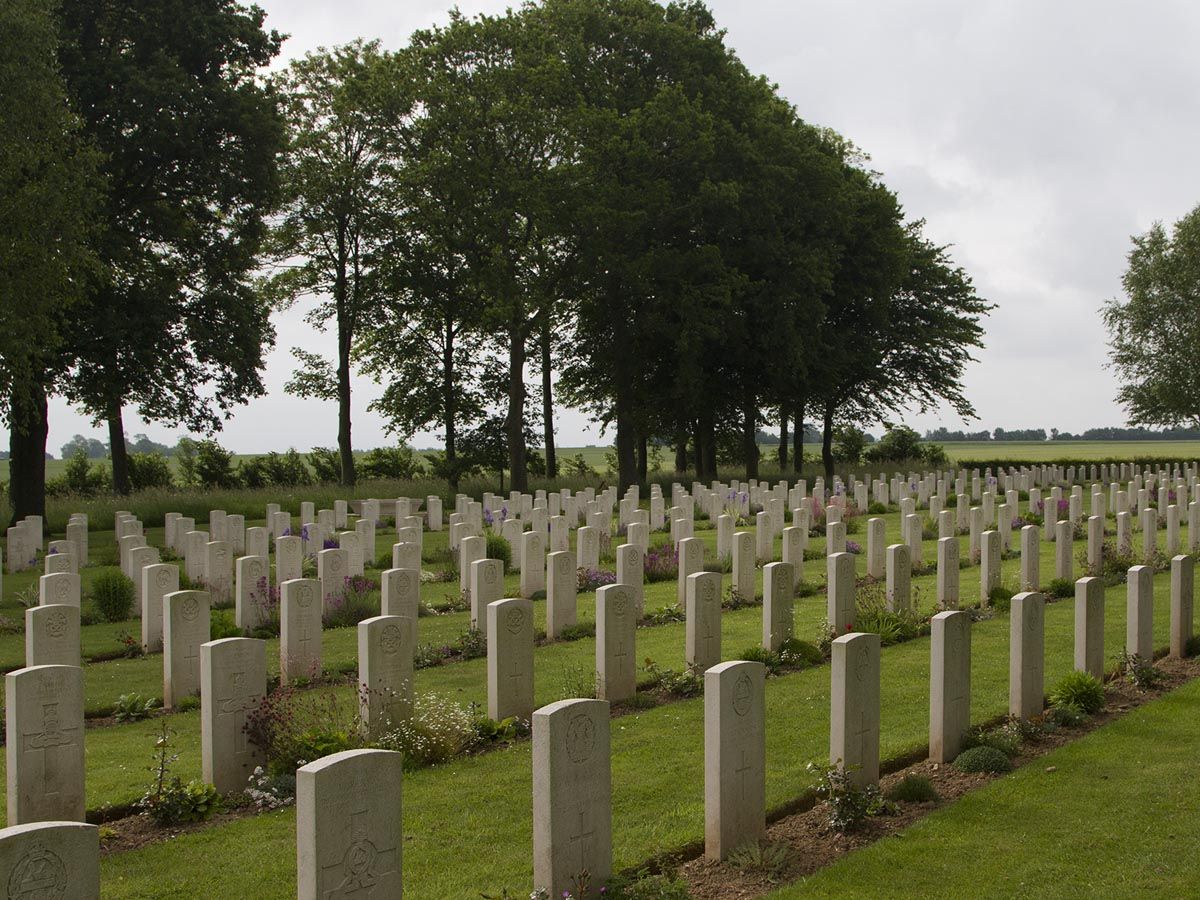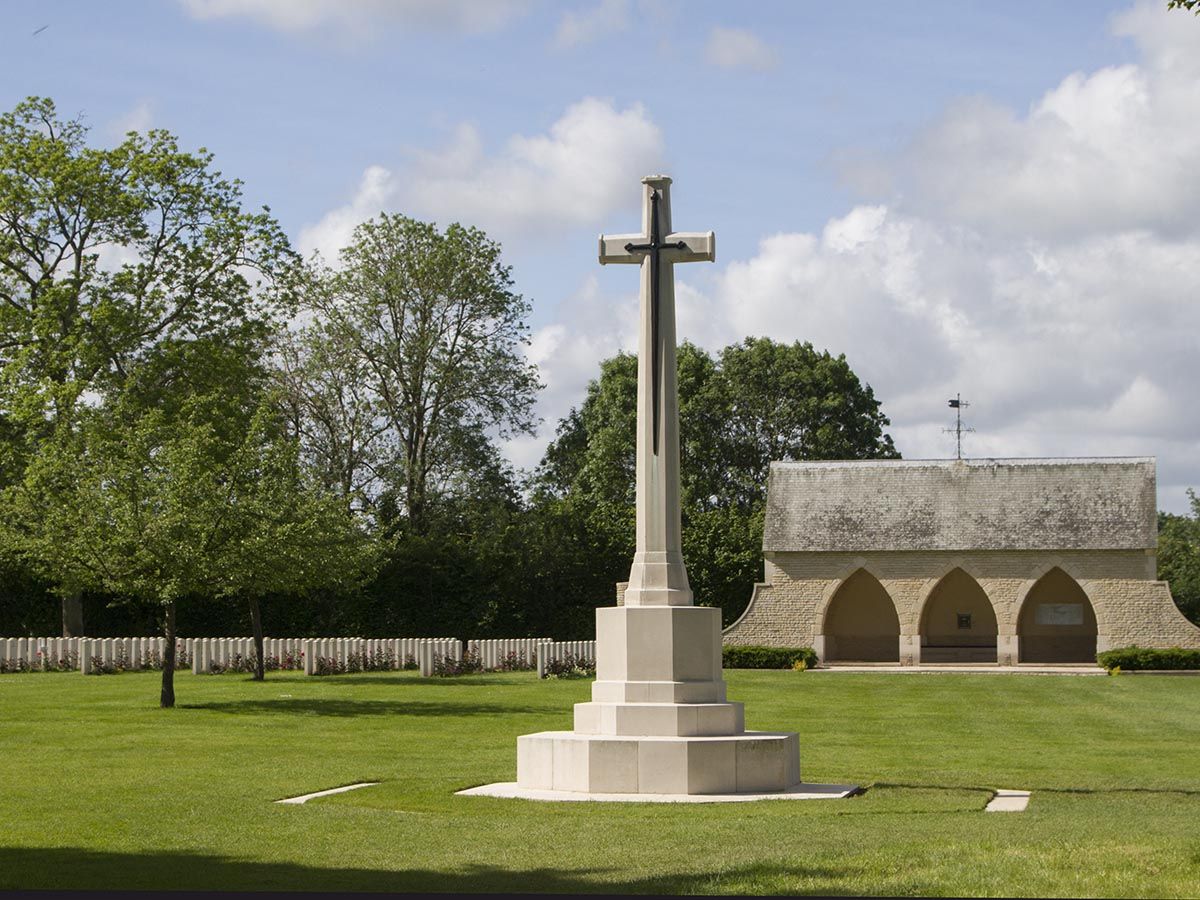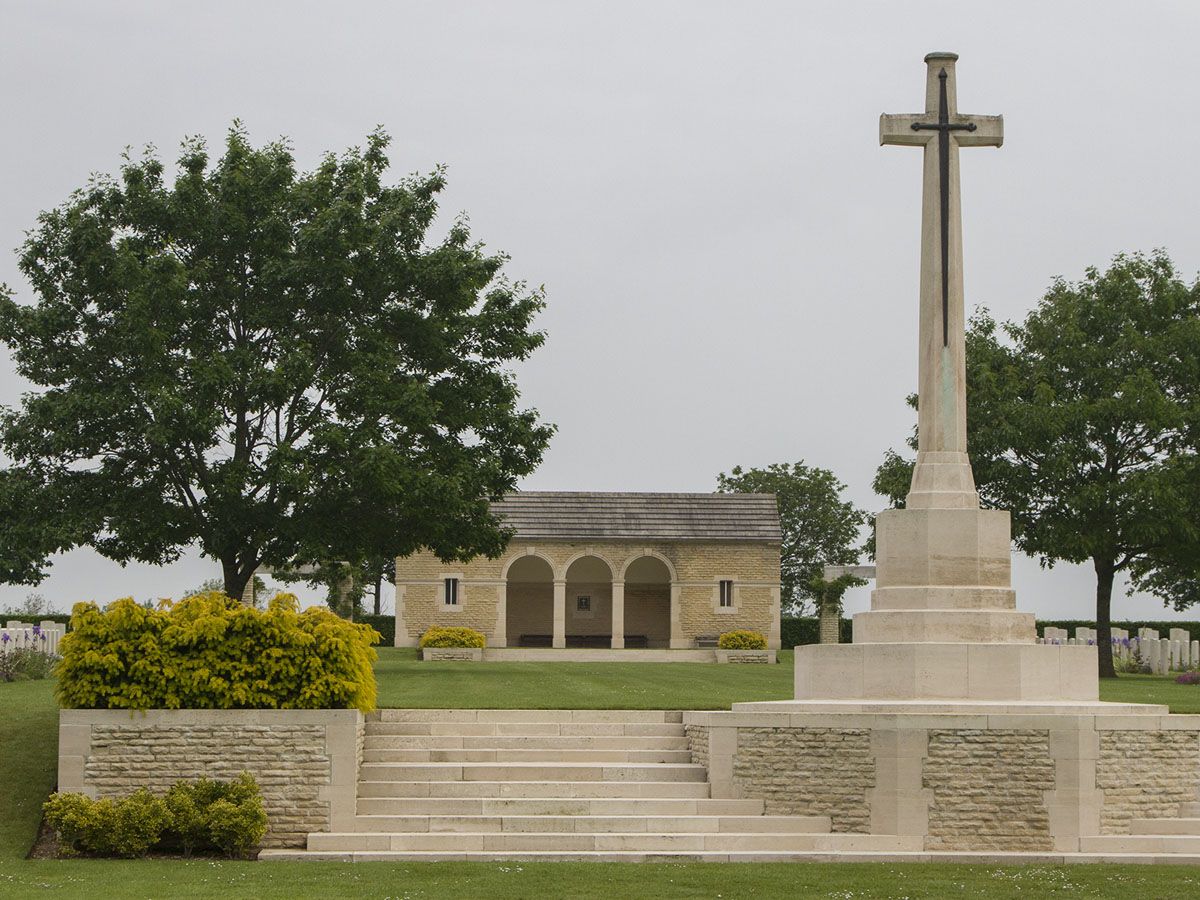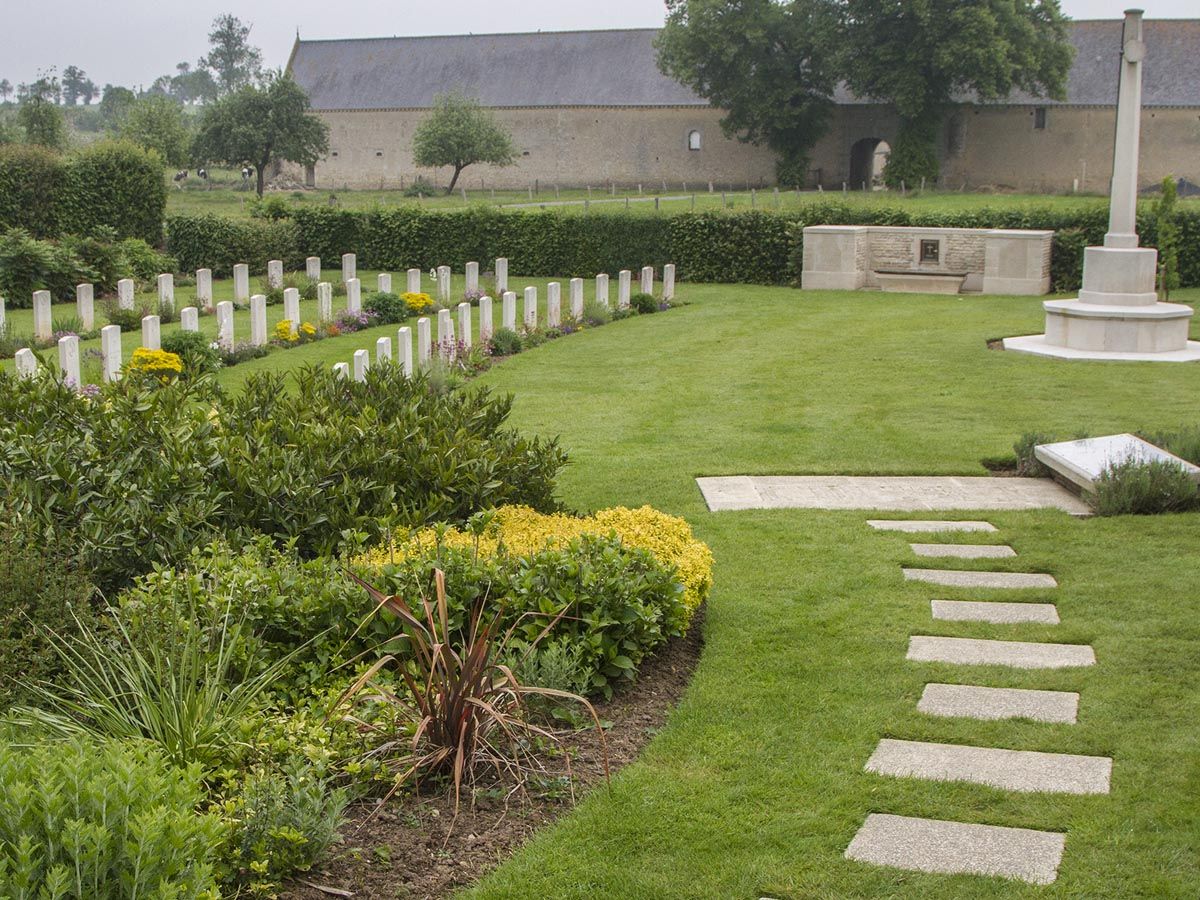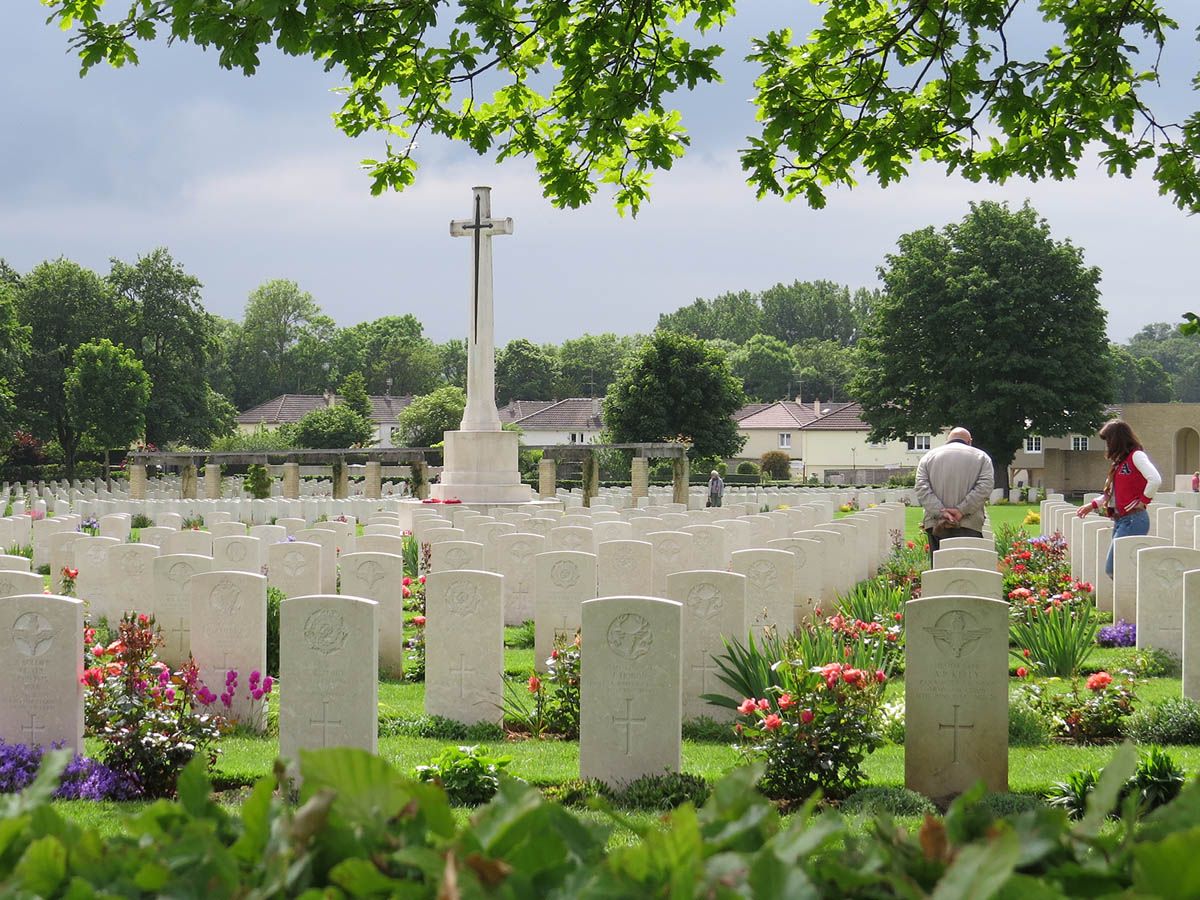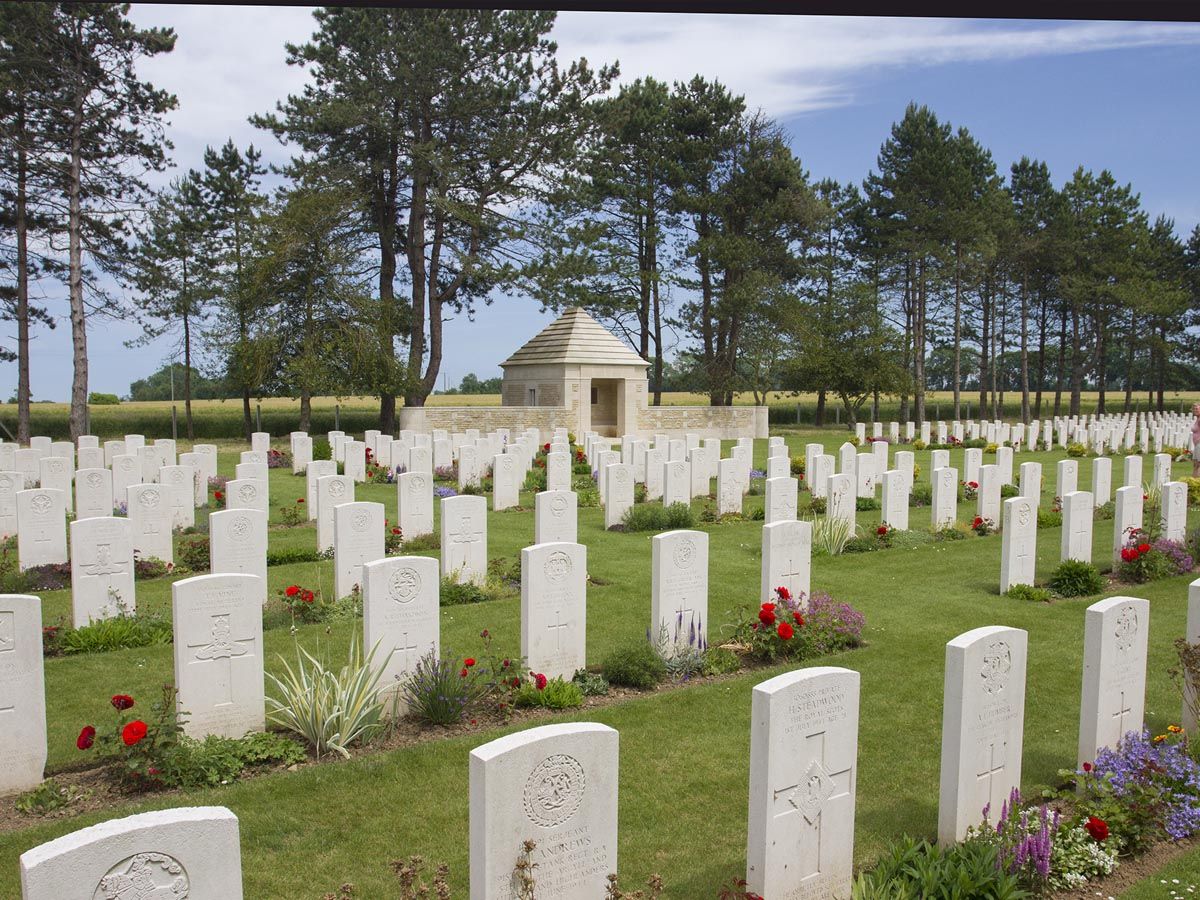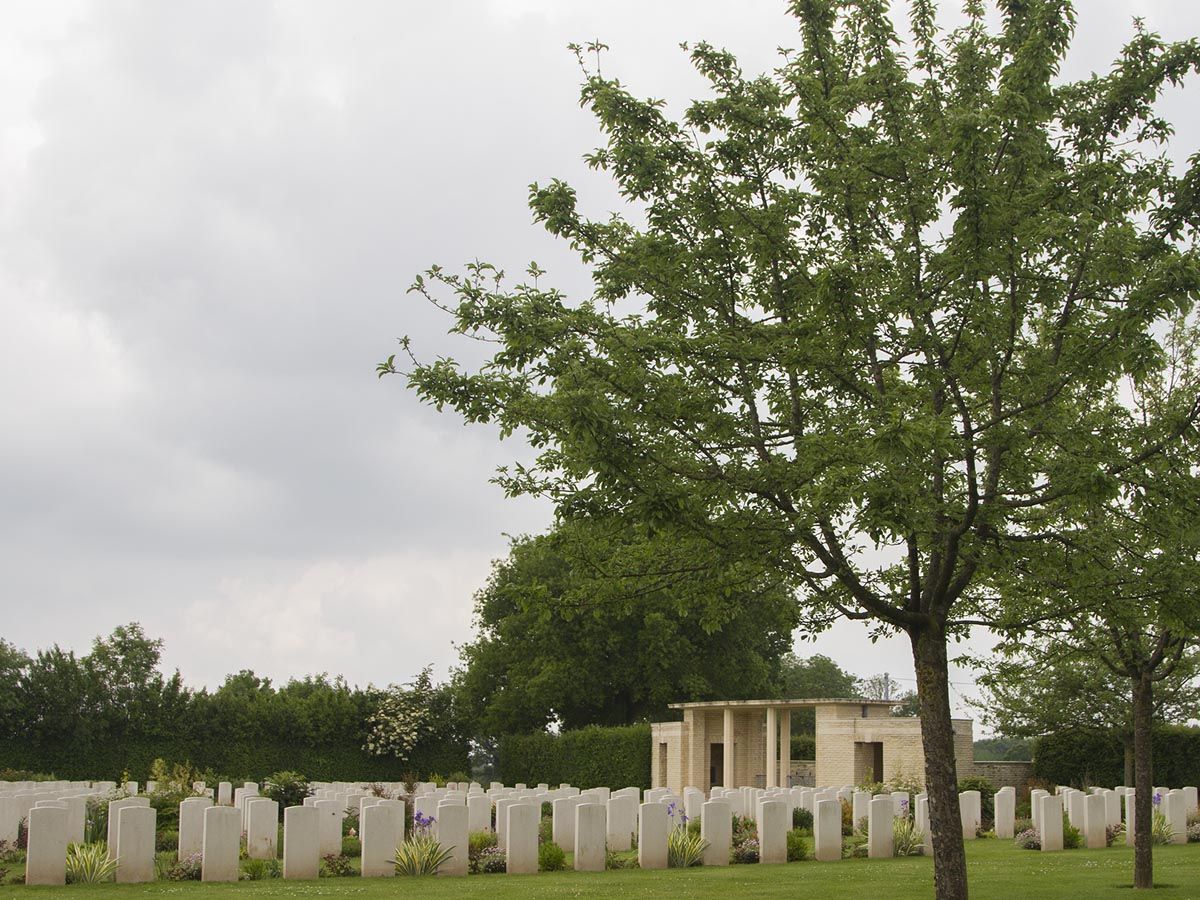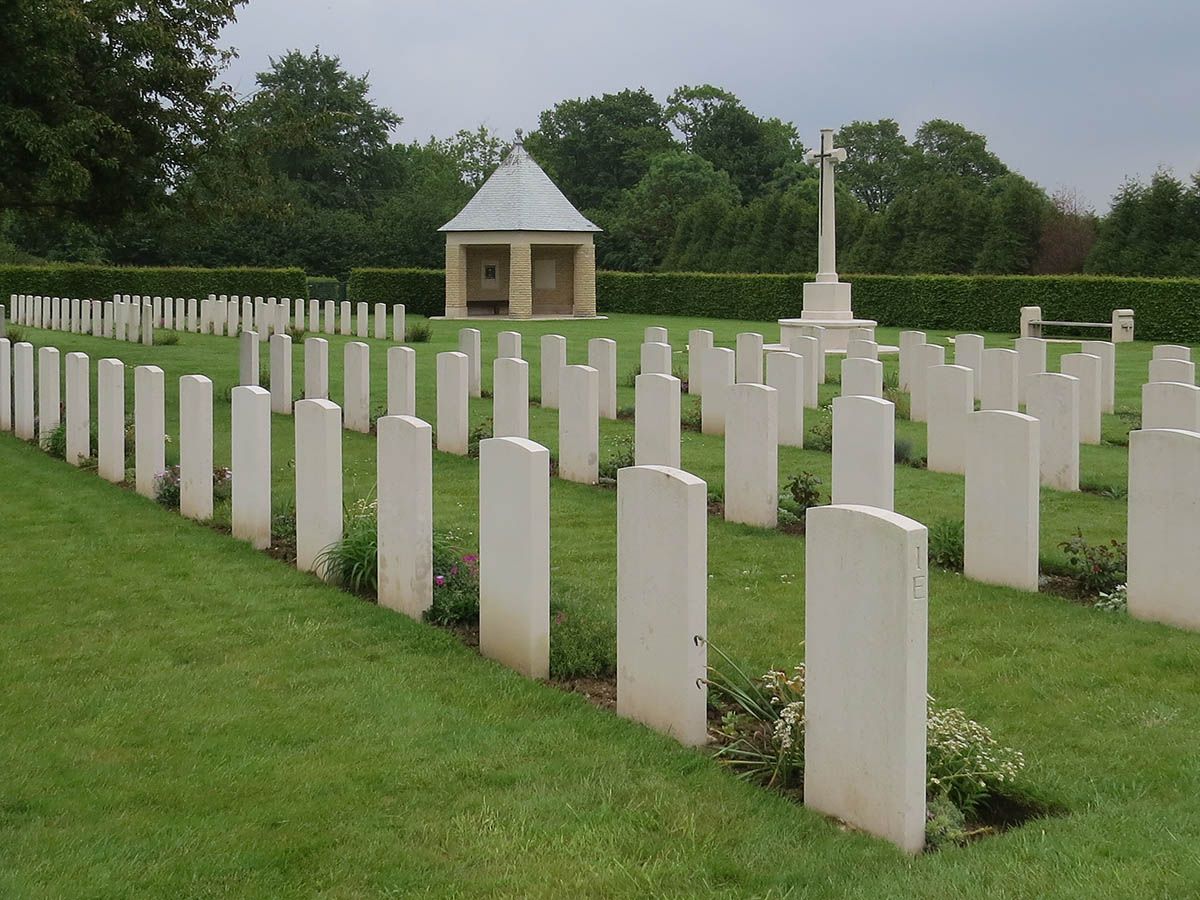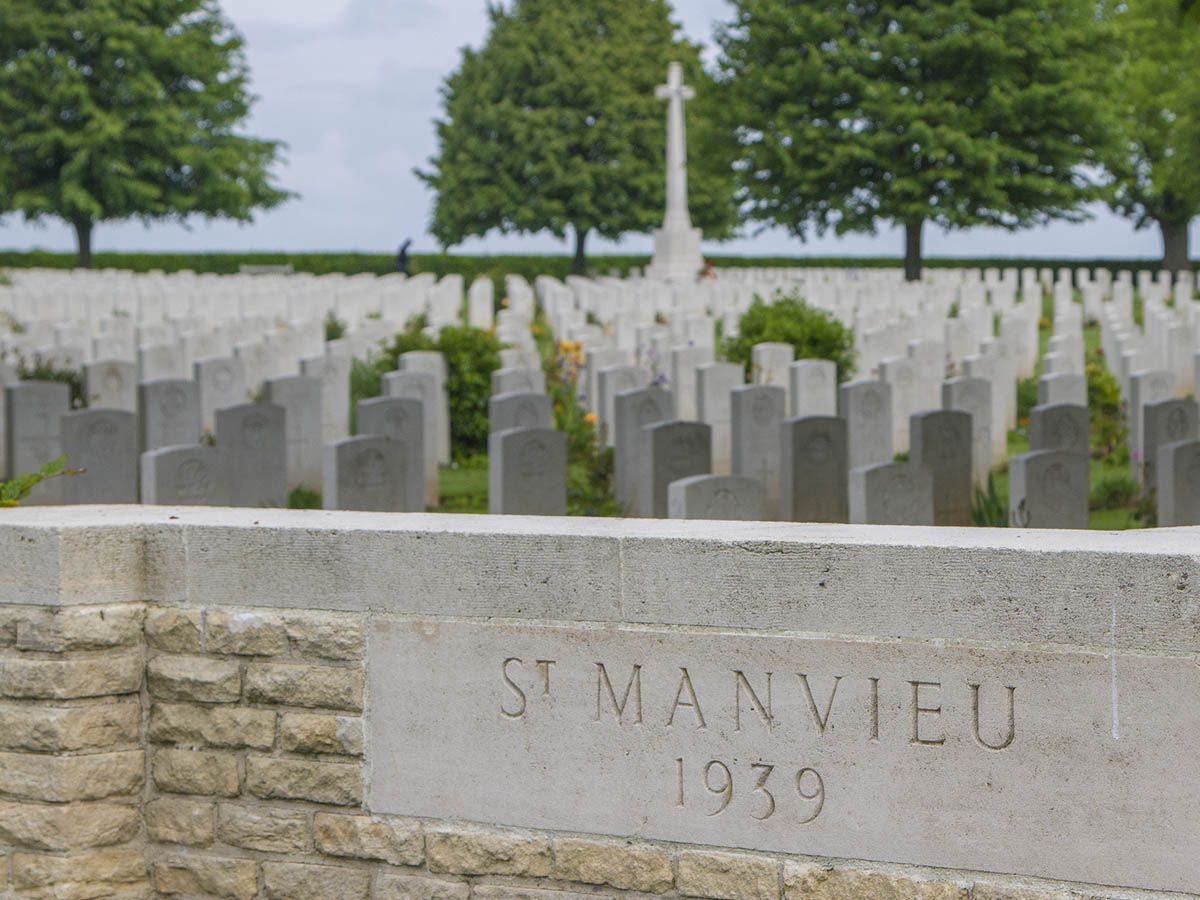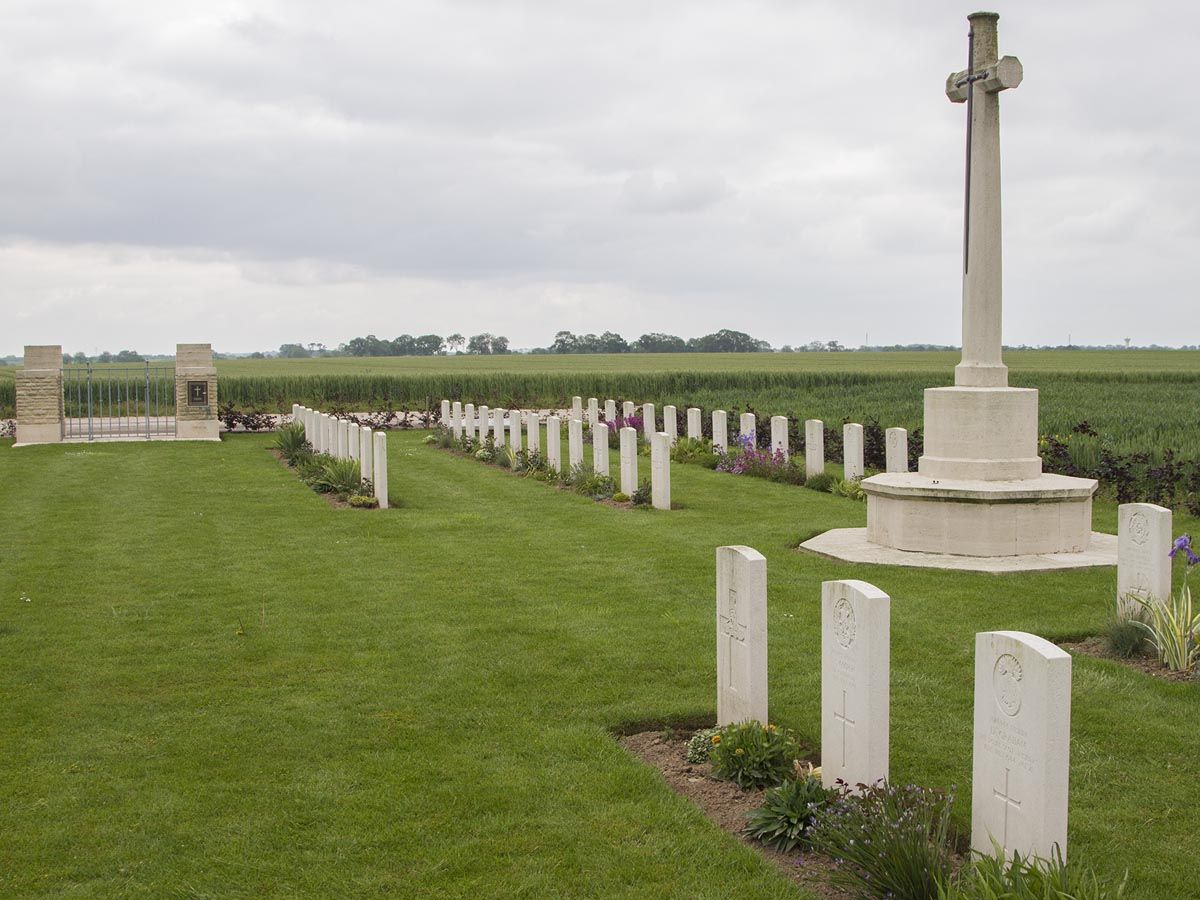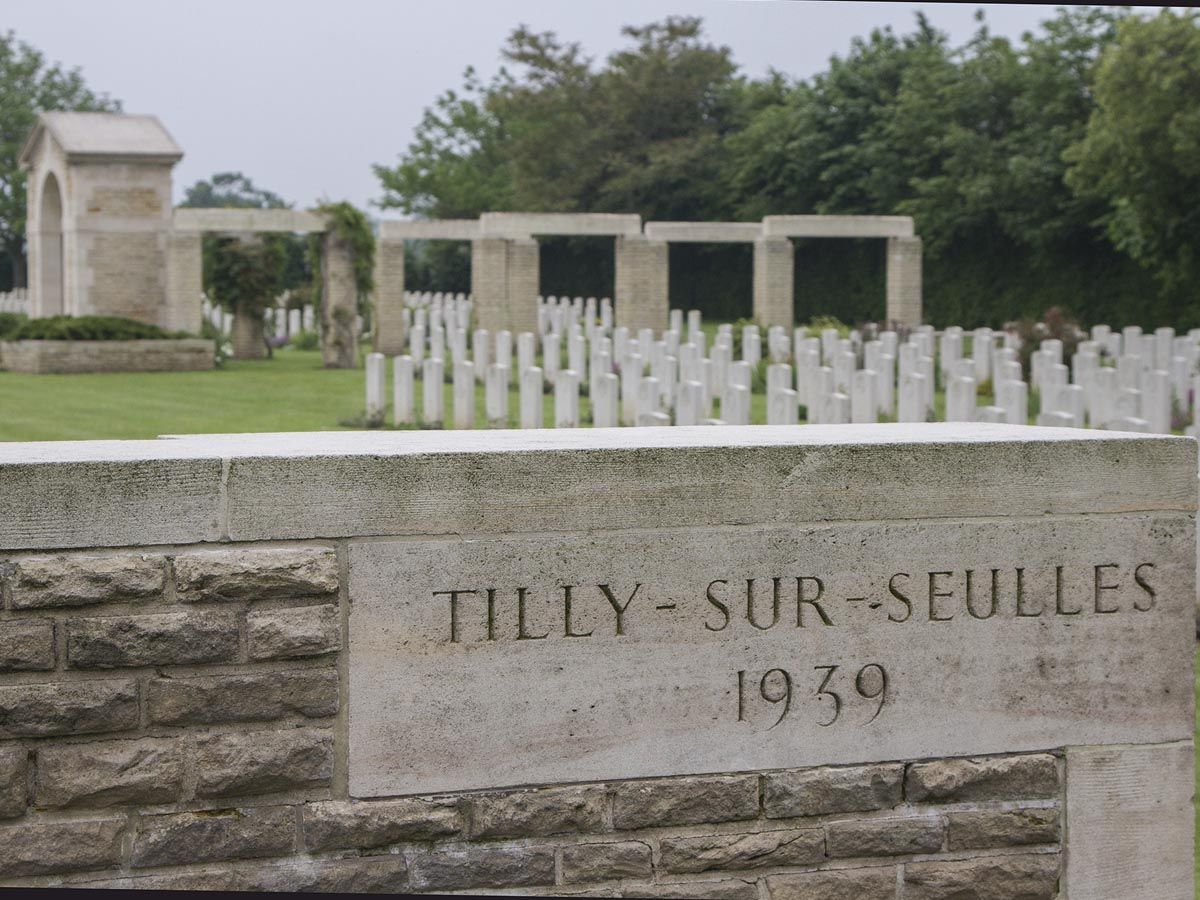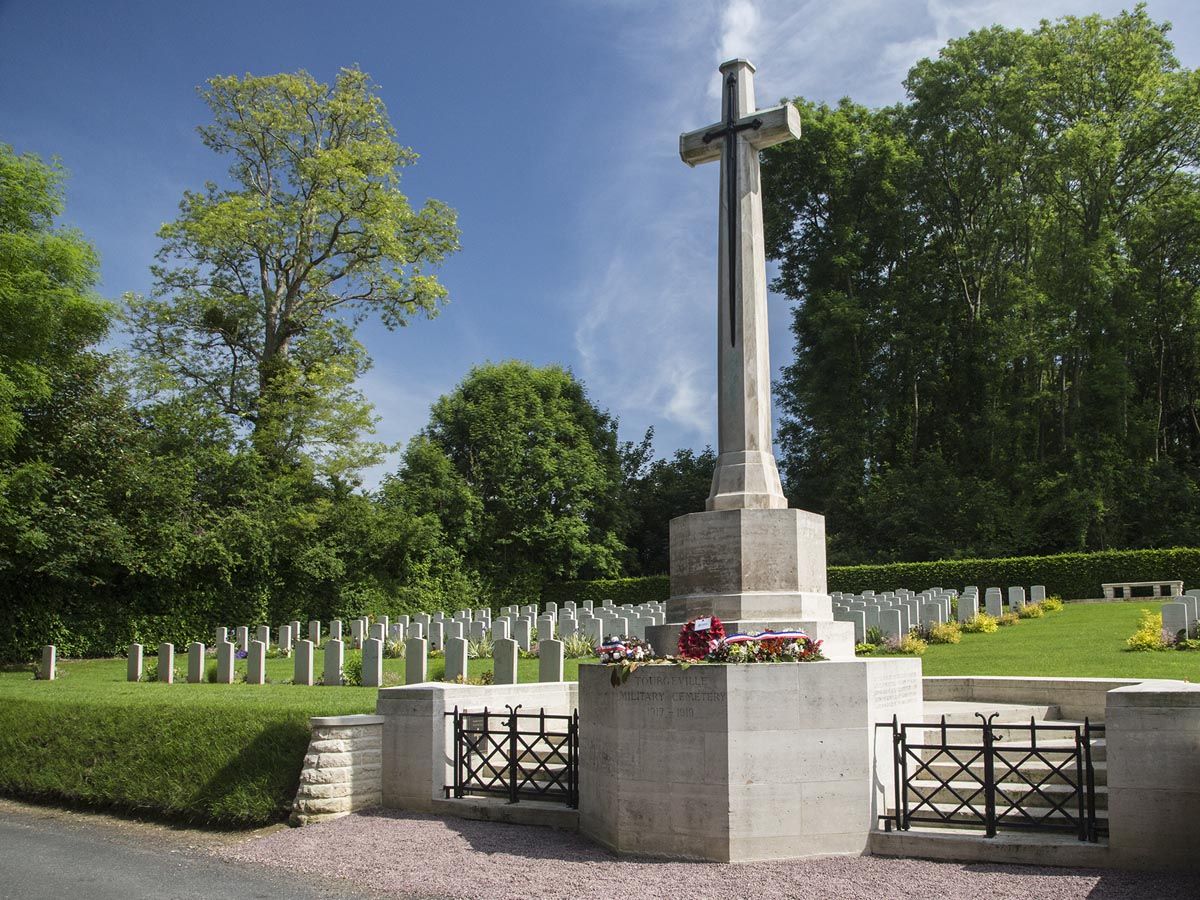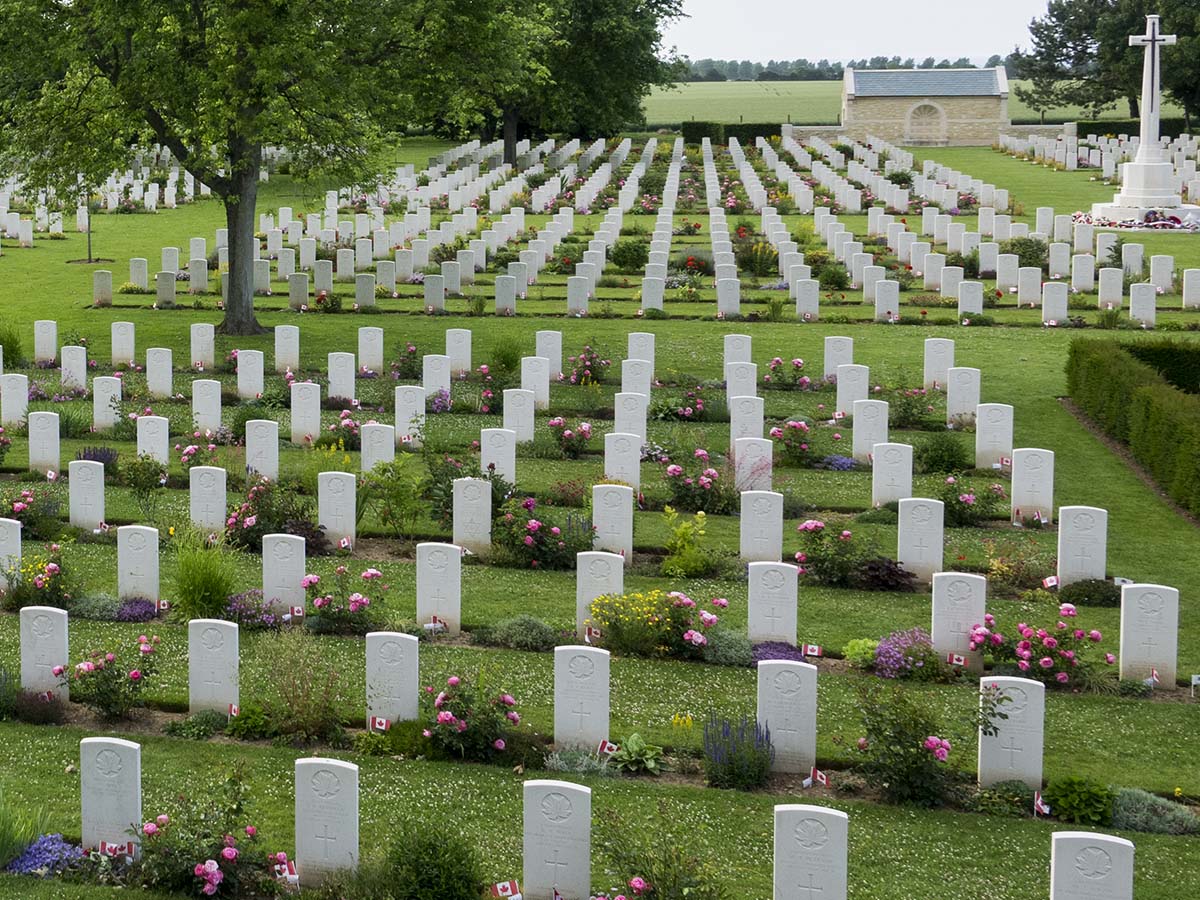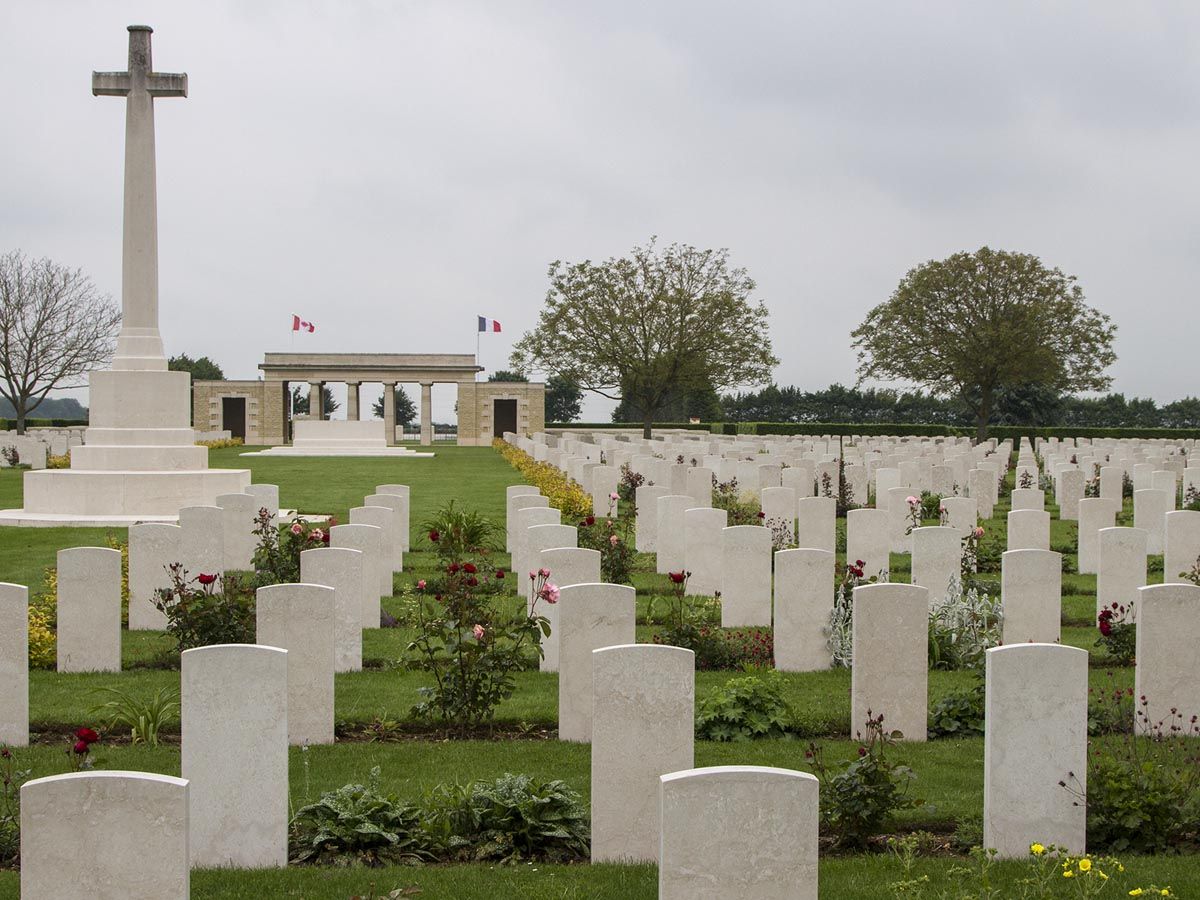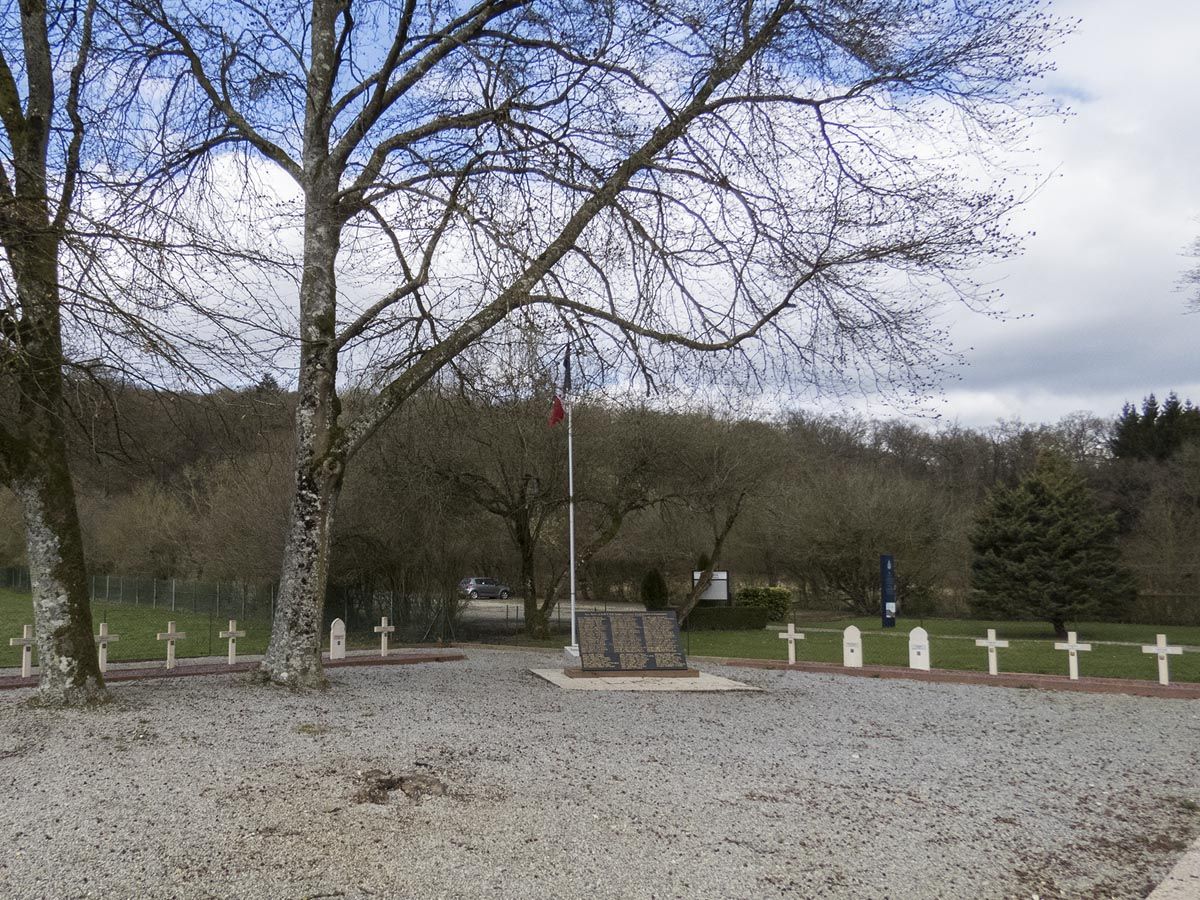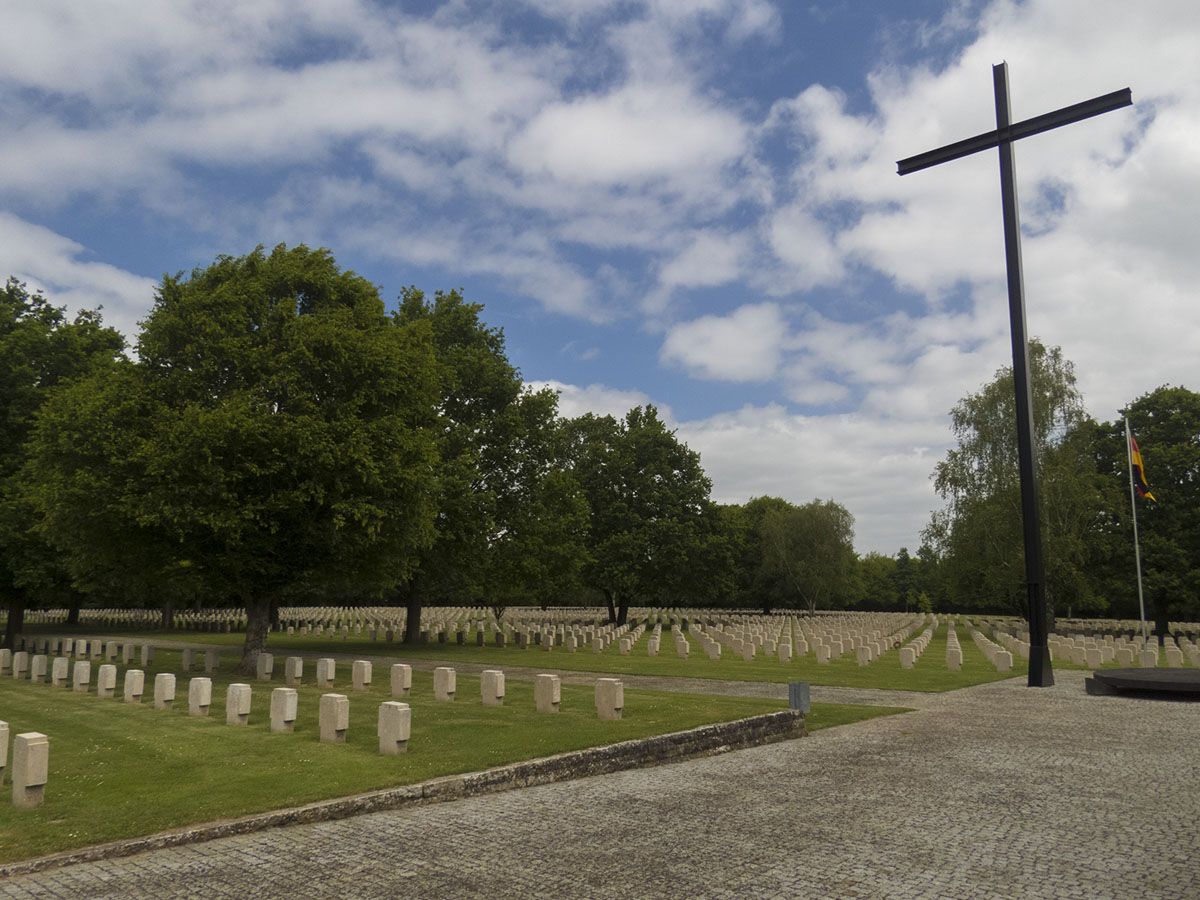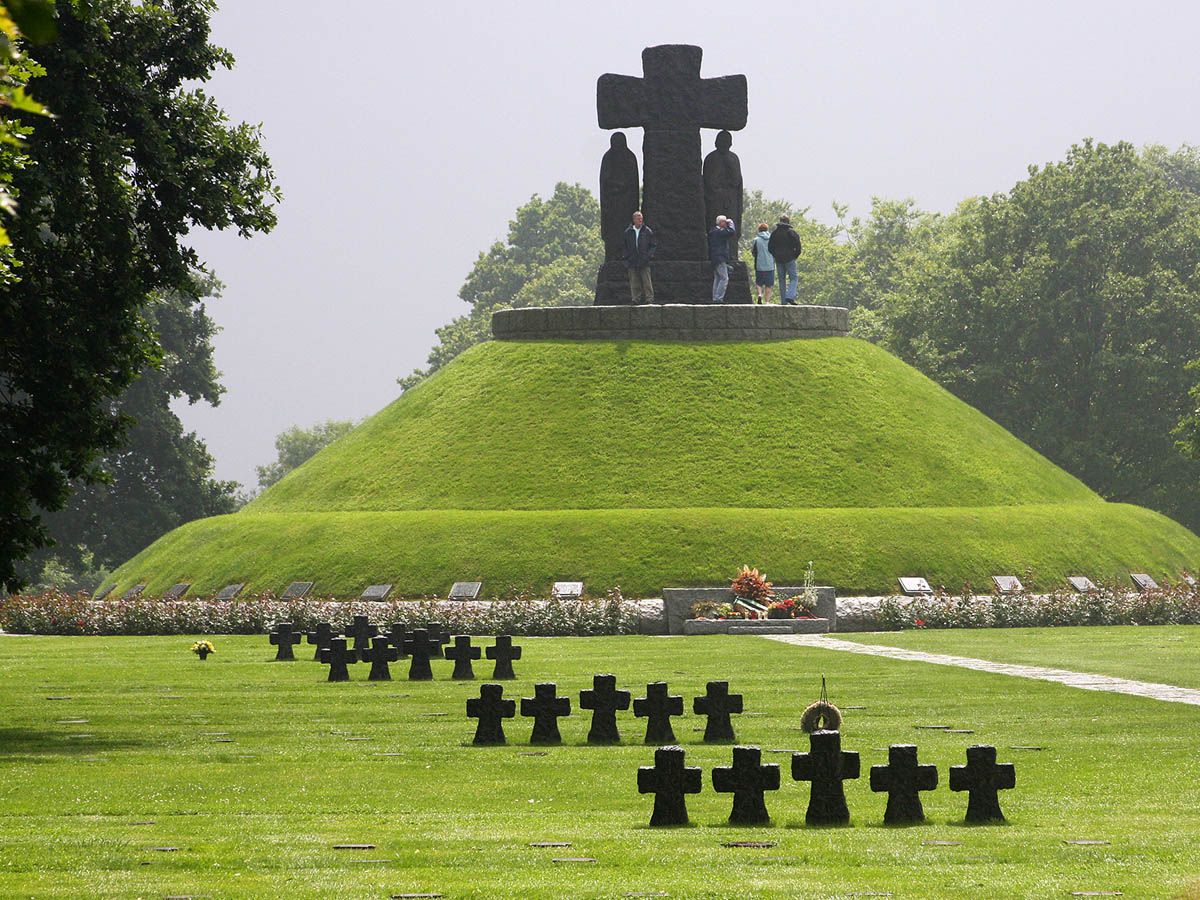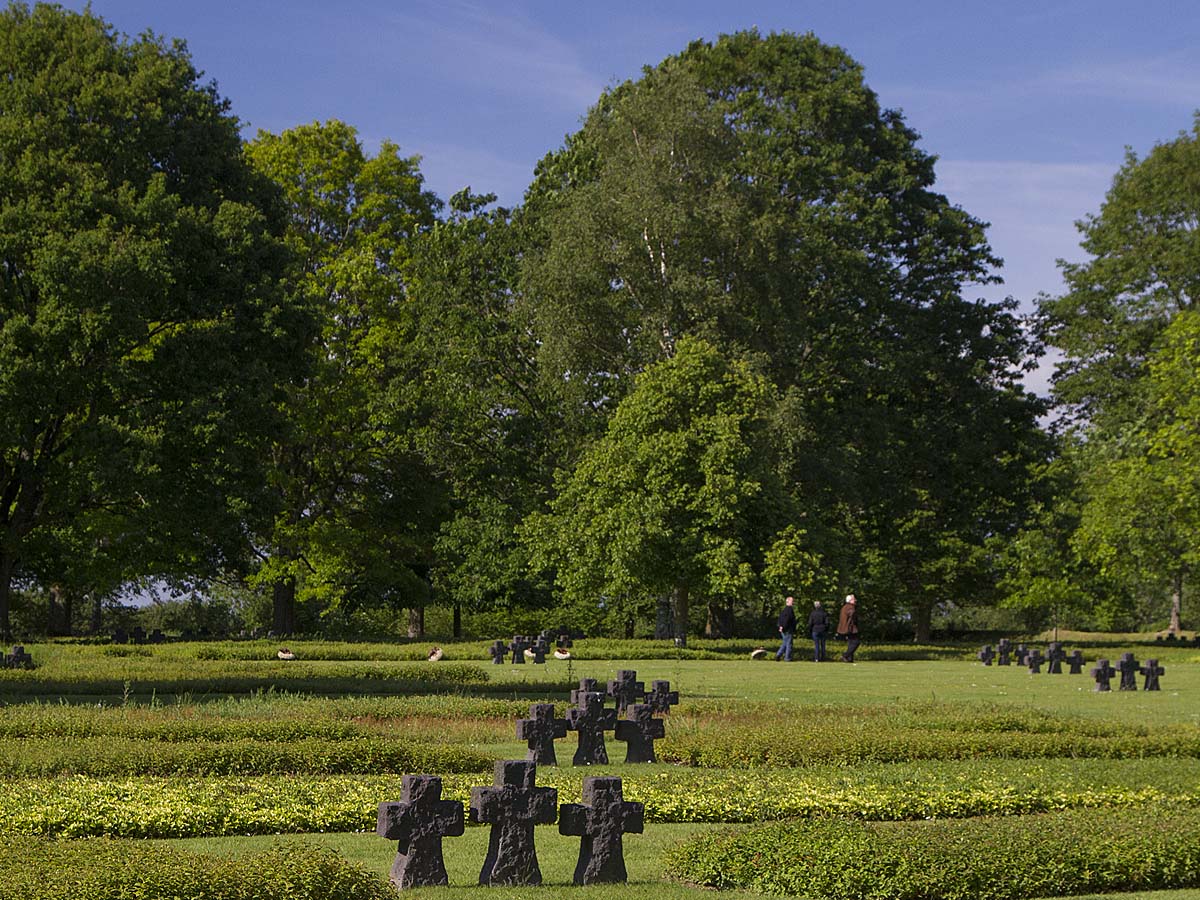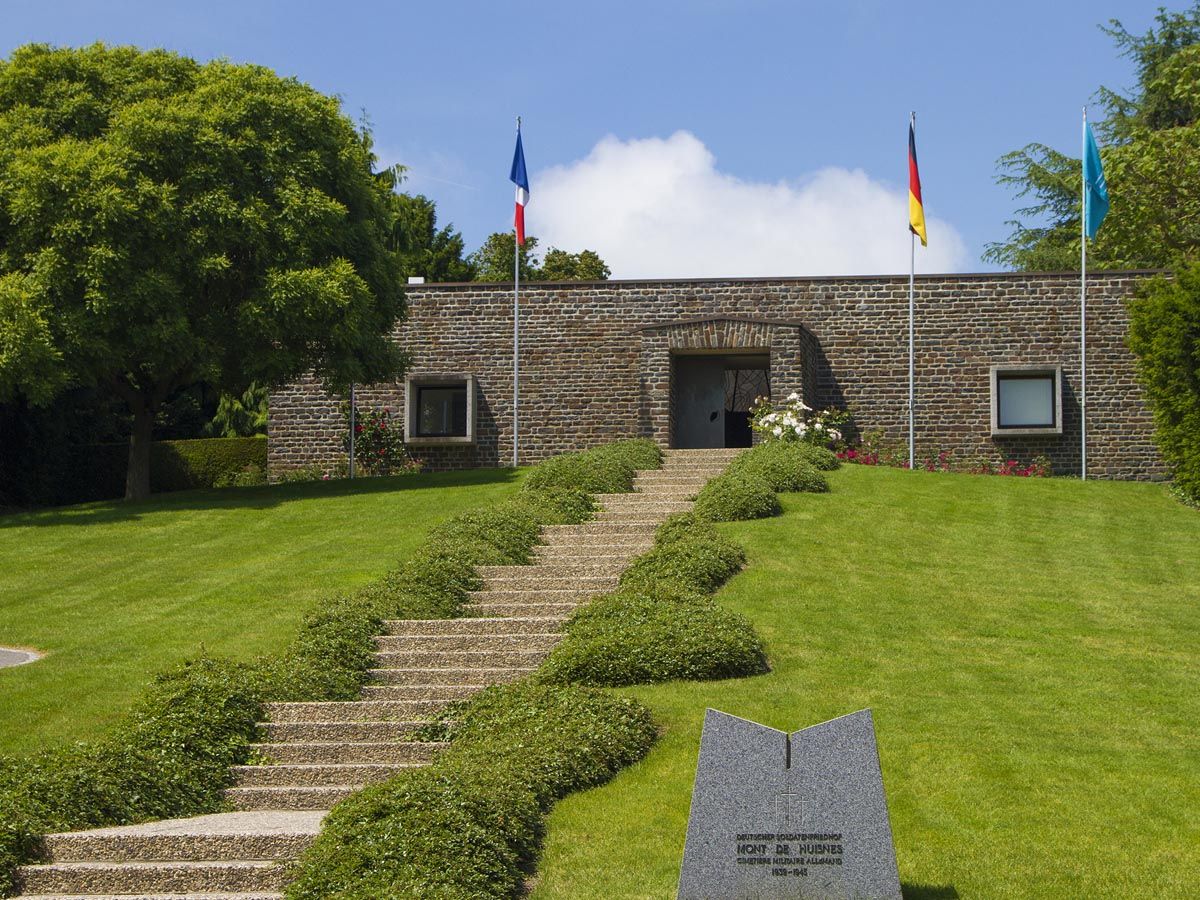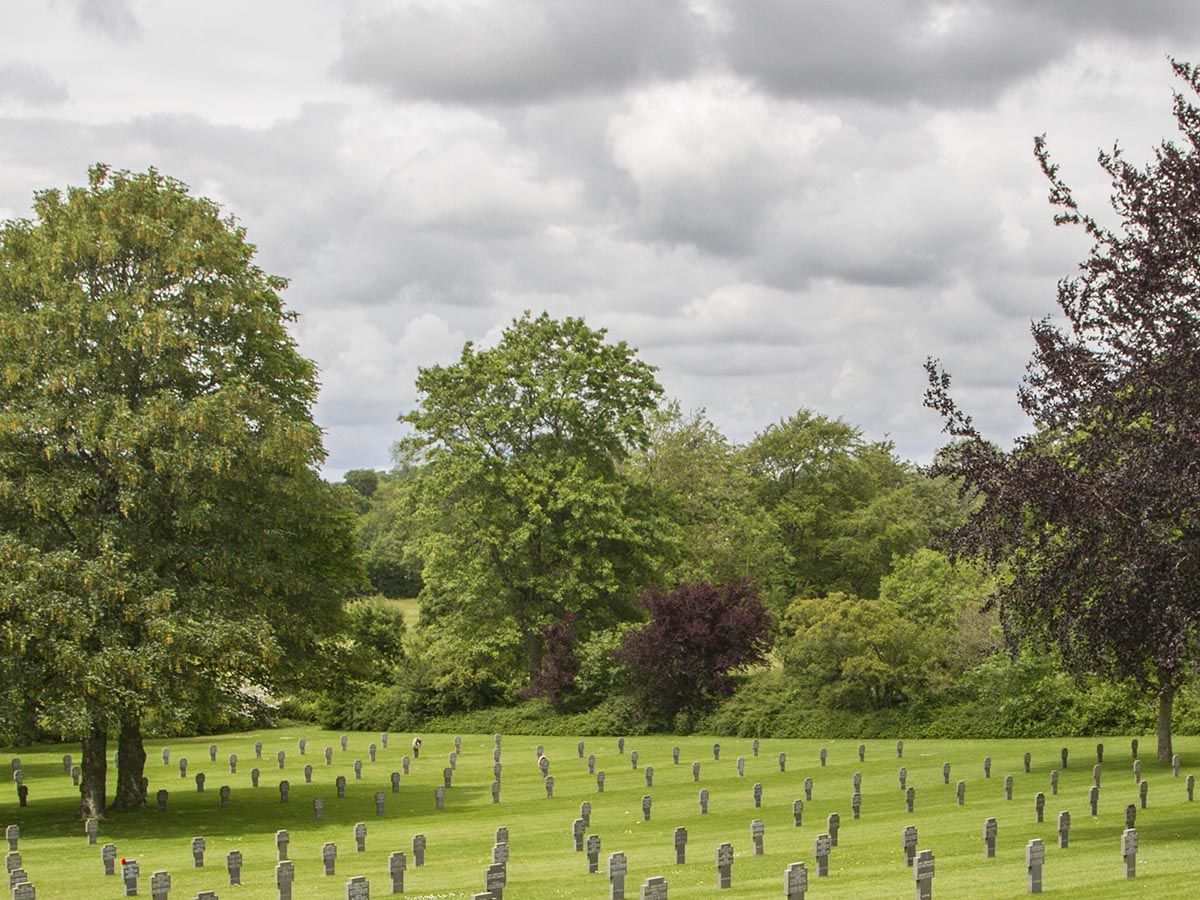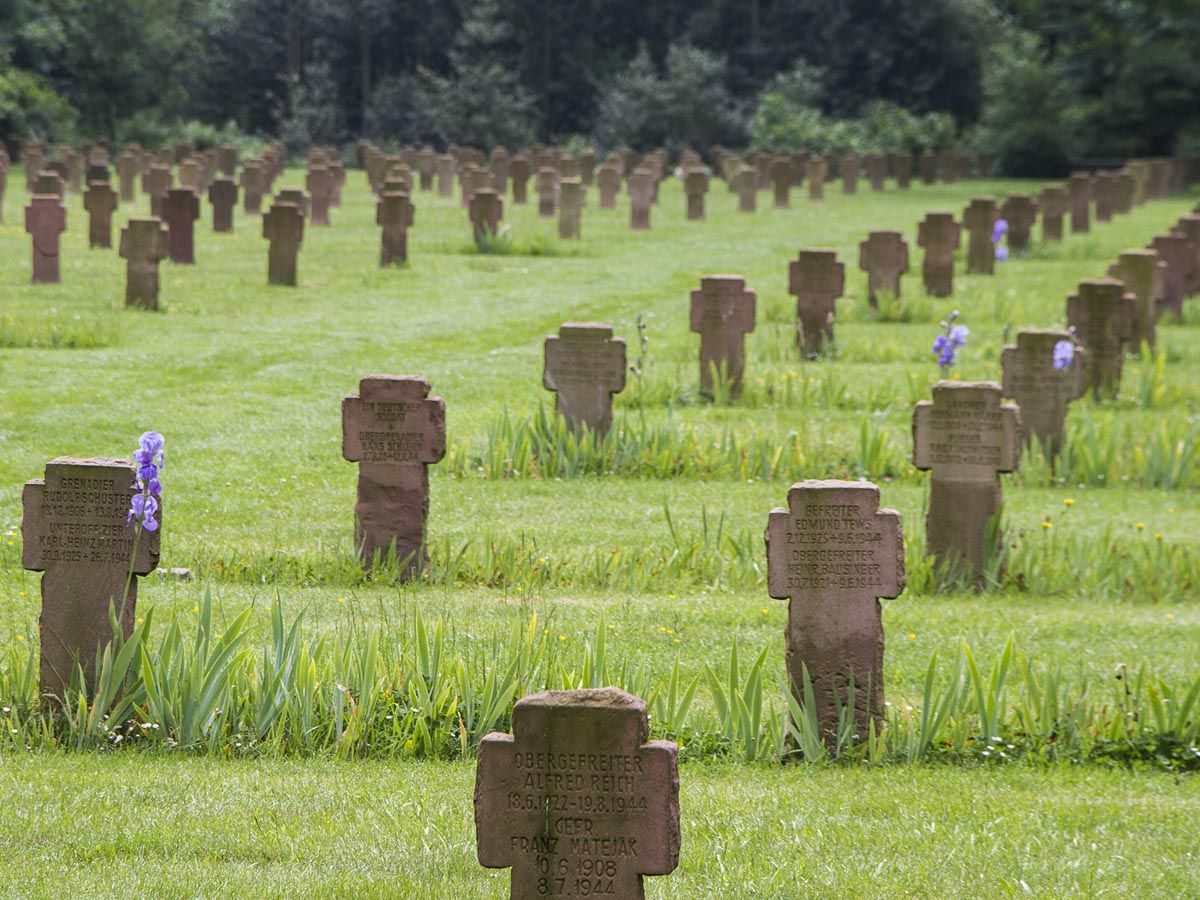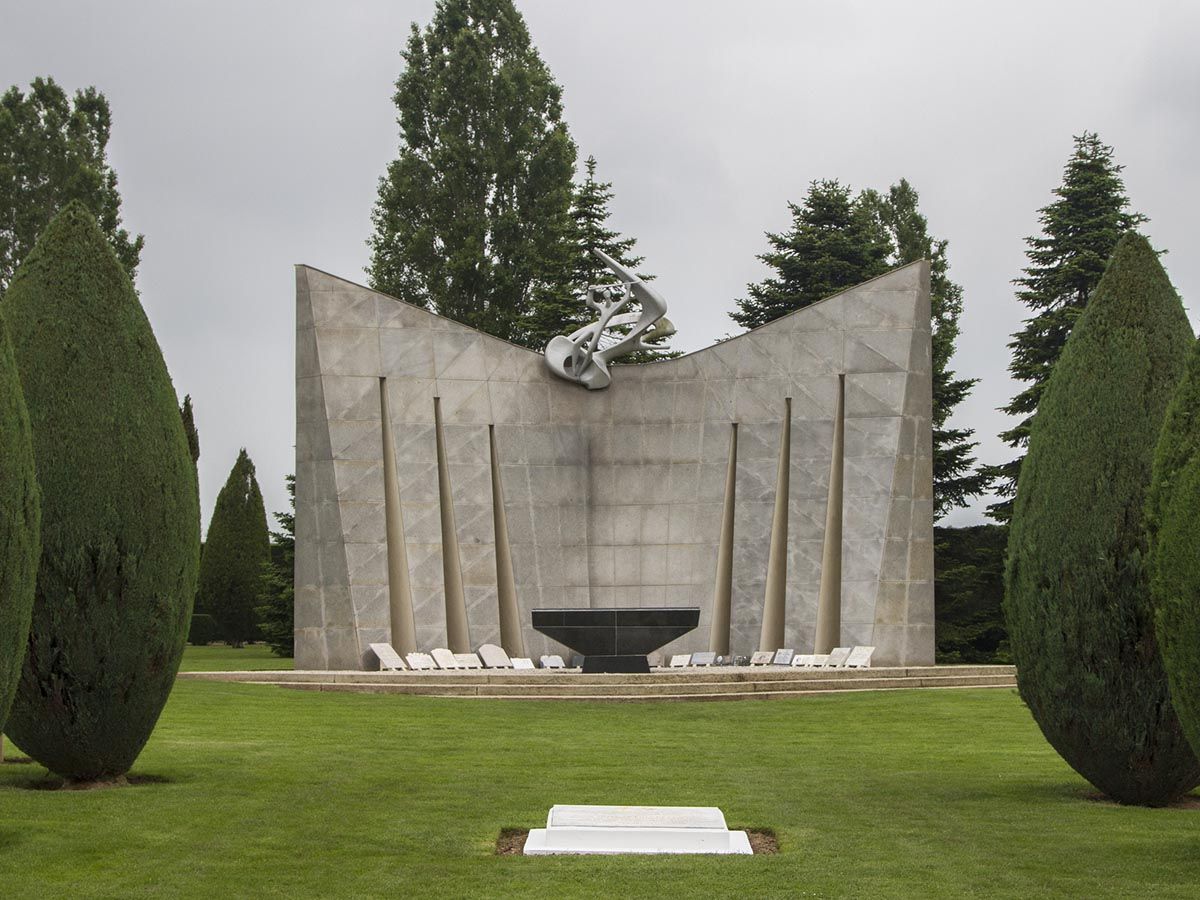The St. Manvieu War Cemetery sits peacefully about 10 kilometers west of Caen, France. This solemn site holds the remains of 1,627 Commonwealth soldiers who made the ultimate sacrifice during the Second World War. When visiting the Normandy region to explore its WWII history, this cemetery should be on your list as it offers a moving tribute to those who fought for freedom on French soil.
You can easily reach the cemetery by taking route D9 westwards from Caen, just past the village of Manvieu. As you walk among the perfectly aligned headstones, you’ll feel the weight of history. The cemetery’s immaculate grounds invite quiet reflection on the human cost of war.
While in the area, you might want to include a visit to nearby Caen or plan a day trip to Mont Saint-Michel. The surrounding Normandy countryside offers beautiful landscapes that contrast with the somber reminder of war. The cemetery is open to visitors year-round, providing a meaningful stop on your journey through this historically significant region.
History and Significance
St. Manvieu War Cemetery stands as a solemn reminder of the brave soldiers who fell during the Normandy Campaign of 1944. This hallowed ground tells the story of sacrifice and courage during some of the most intense fighting following the D-Day landings.
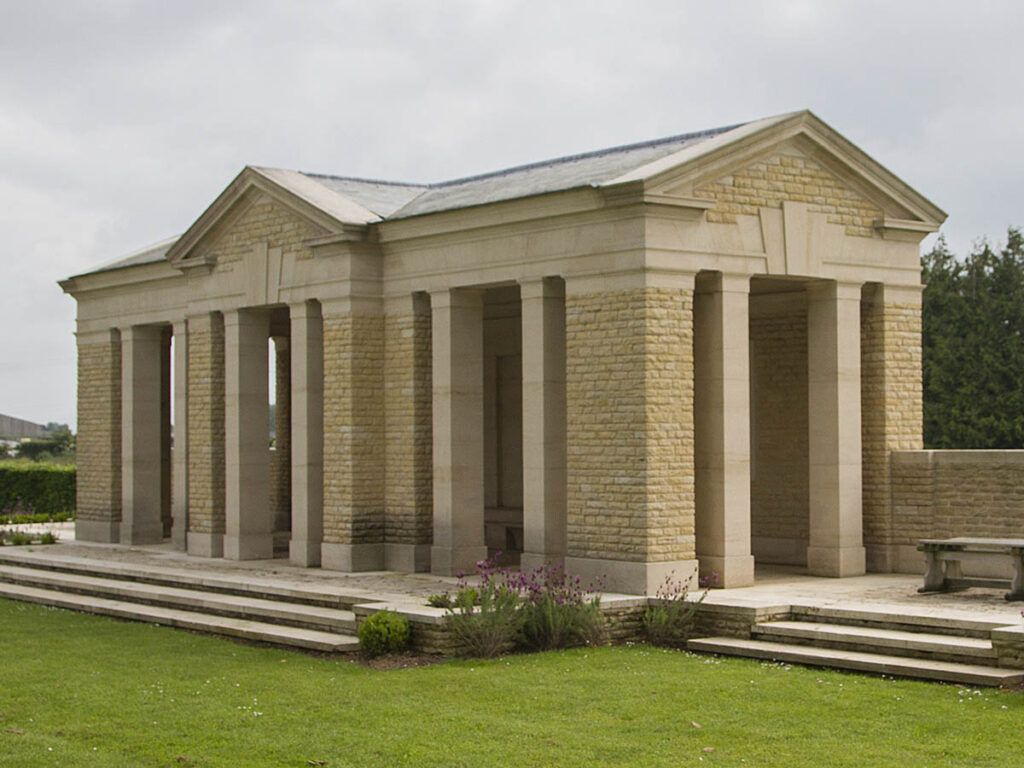
The Battle of Normandy
After the successful D-Day landings on June 6, 1944, Allied forces pushed inland toward Caen, a strategic city they needed to capture. The cemetery contains primarily those who died during the fierce battles from mid-June through late July 1944. Many fell during Operations Epsom and Jupiter, two major Allied offensives aimed at breaking through German defenses.
The fighting around Caen was particularly brutal. German forces strongly defended the area, leading to weeks of intense combat. When you visit, you’ll notice many graves date from this difficult period when Allied troops fought to expand the Normandy beachhead.
Establishment of the Cemetery
The Commonwealth War Graves Commission established St. Manvieu War Cemetery about 10 kilometers west of Caen to honor fallen servicemen. The cemetery holds the remains of British, Canadian, and other Commonwealth soldiers who gave their lives during the campaign.
The cemetery was carefully planned as a permanent memorial. When you walk among the neat rows of headstones, you’ll see the CWGC’s dedication to maintaining these grounds as a fitting tribute to the fallen.
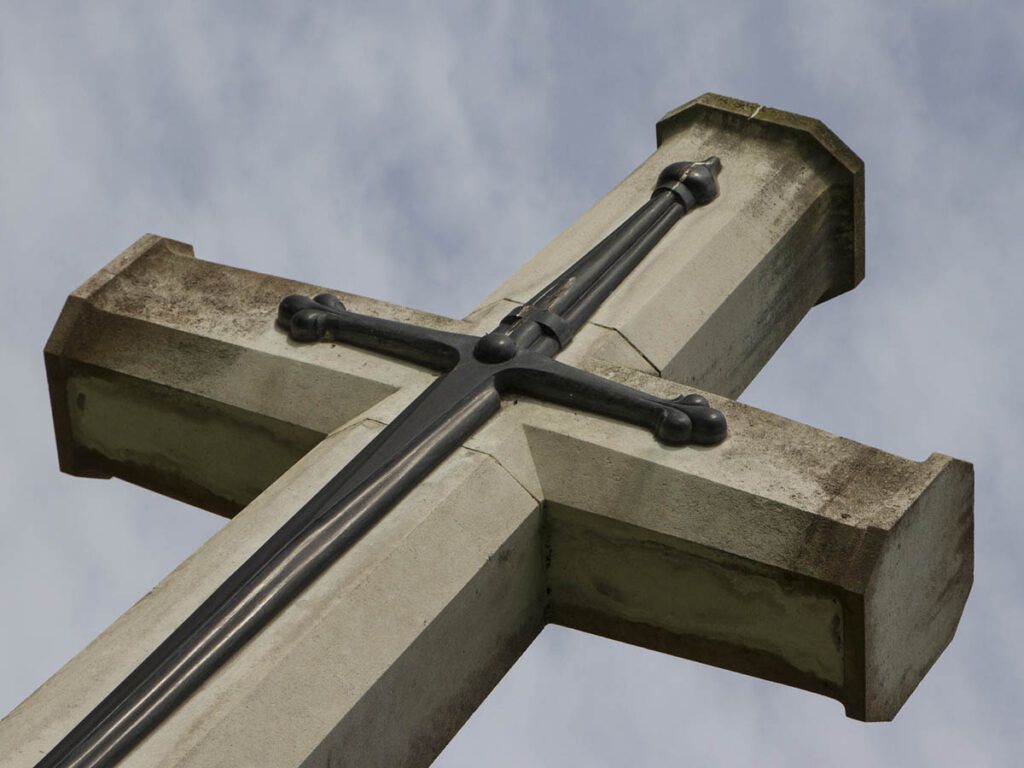
Each grave is marked with the soldier’s name, unit, date of death, and often a personal inscription chosen by their family. The cemetery’s design ensures that these brave men will be remembered with dignity and respect for generations to come.
The Fallen Soldiers and Commemoration
St. Manvieu War Cemetery serves as a solemn reminder of the sacrifices made during World War II, with its carefully maintained grounds housing the remains of both Allied and German soldiers who fell during the Normandy Campaign.
Commonwealth Forces Burials
The cemetery contains 1,627 Commonwealth burials from the Second World War. These graves represent soldiers primarily from British units who fought in the fierce battles around Caen following the D-Day landings. As you walk among the uniform white headstones, you’ll find the final resting places of 500+ British troops who gave their lives.
The cemetery also holds the remains of 21 Canadian soldiers, many from the Royal Canadian Infantry Corps who participated in Operation Charnwood and other efforts to capture Caen in July 1944.
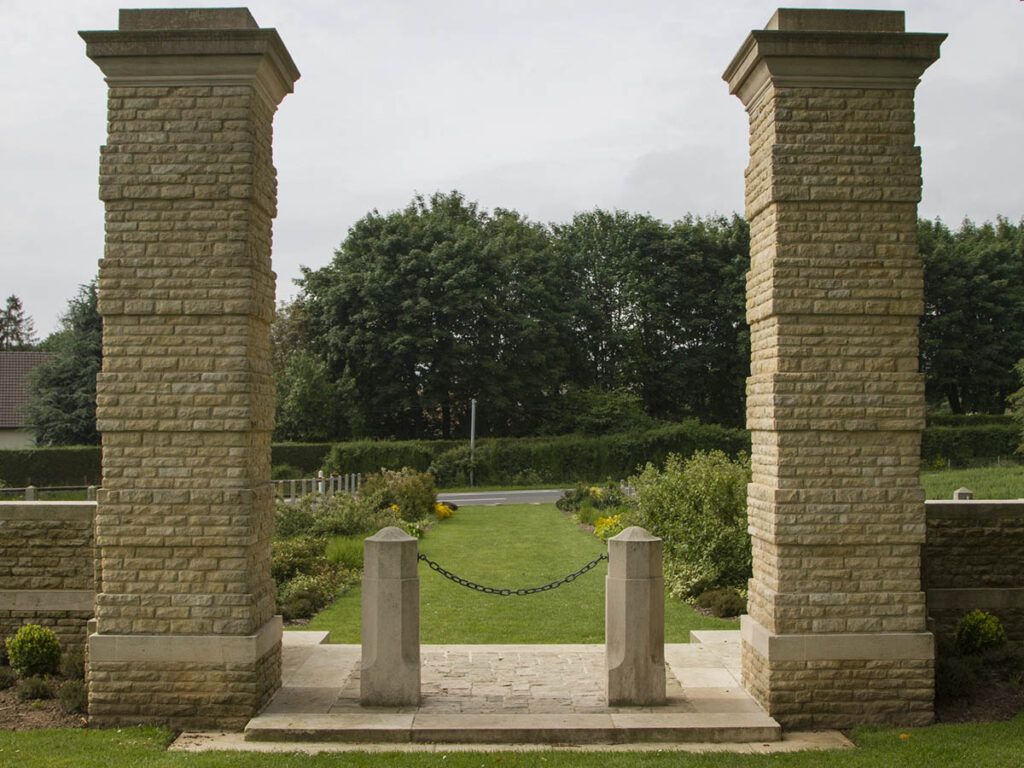
Among the graves, you’ll find one Australian and one Polish soldier, representing the multinational effort to liberate France from Nazi occupation.
Identified and Unidentified Casualties
Of the 1,627 Commonwealth burials at St. Manvieu, 49 remain unidentified. These graves are marked with the poignant inscription “A Soldier of the 1939-1945 War – Known Unto God.”
Each identified grave provides the soldier’s name, rank, unit, date of death, and age when available. Many headstones also display religious symbols and personal inscriptions chosen by the families.
The cemetery also contains 555 German burials, a reminder that loss of life occurred on both sides of the conflict. The Commonwealth War Graves Commission maintains these graves alongside the Allied burials with equal care and dignity.
Special Memorials
Special memorial stones throughout the cemetery commemorate soldiers with unique circumstances. Some mark the presumed locations of those whose exact burial spot could not be verified.
The cemetery features a Cross of Sacrifice, the standard monument found in Commonwealth war cemeteries with more than 40 graves. This cross, designed by architect Sir Reginald Blomfield, stands as a symbol of faith and sacrifice.
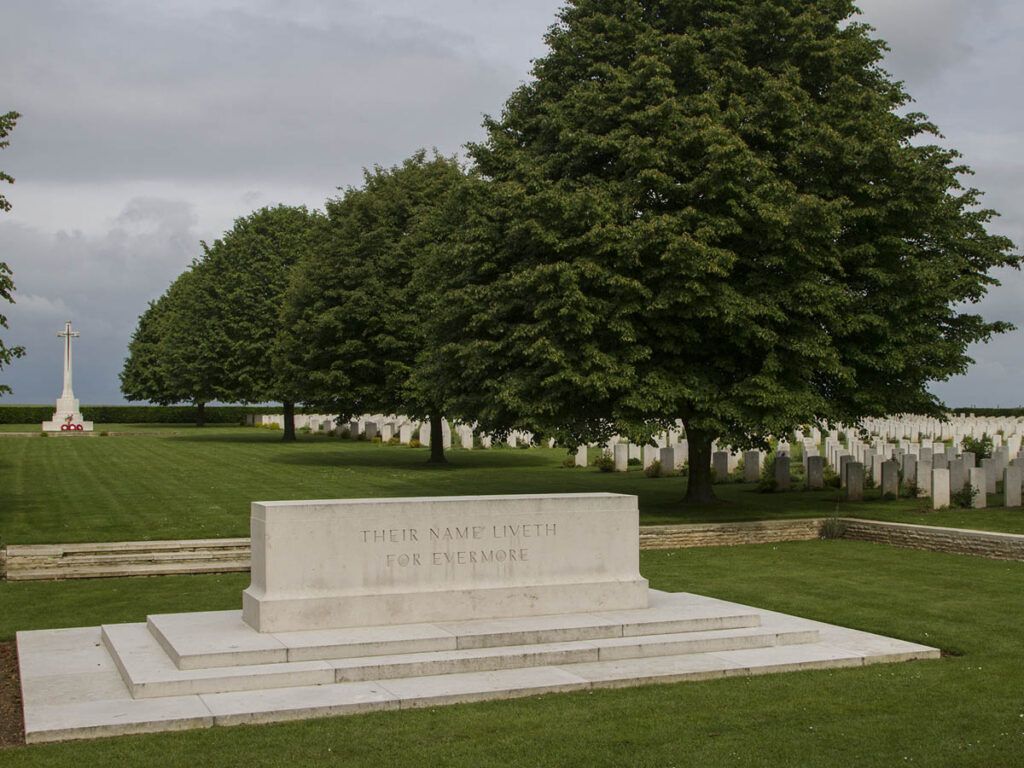
As you visit, you’ll notice meticulous landscaping designed to create a peaceful atmosphere for reflection. The horticulture follows the Commission’s principle that cemeteries should resemble beautiful gardens where visitors can contemplate and remember.
Cemetery Design and Features
St. Manvieu War Cemetery showcases thoughtful design elements that honor the fallen soldiers. The layout and features were carefully planned by the Commonwealth War Graves Commission to create a dignified final resting place for those who lost their lives during World War II.
Architectural Elements
The cemetery was designed with the classic CWGC layout that you’ll immediately recognize if you’ve visited other Commonwealth war cemeteries. When you walk through the main entrance, you’ll notice the elegant Stone of Remembrance, a hallmark of CWGC sites. The Cross of Sacrifice stands prominently at the center, visible from almost anywhere in the cemetery.
Royal Engineers assisted in the cemetery’s construction after the war. The layout includes neatly arranged headstones on well-maintained lawns, creating a sense of order and peace. The cemetery contains 1,627 Commonwealth graves and 555 German burials, each section thoughtfully designed.
Low stone walls surround the perimeter, with carefully placed trees providing shade and a sense of reverence. The plantings change with the seasons, bringing touches of color and life.
Inscriptions and Symbolism
Each headstone in St. Manvieu tells a story. Commonwealth headstones are uniform in size but personalized with names, ranks, units, dates, and national emblems. Many contain personal inscriptions chosen by families, offering touching glimpses into the lives lost.
The German graves are marked differently, with darker stone markers that create a visual distinction. This respectful separation acknowledges both sides of the conflict while honoring all who fell.
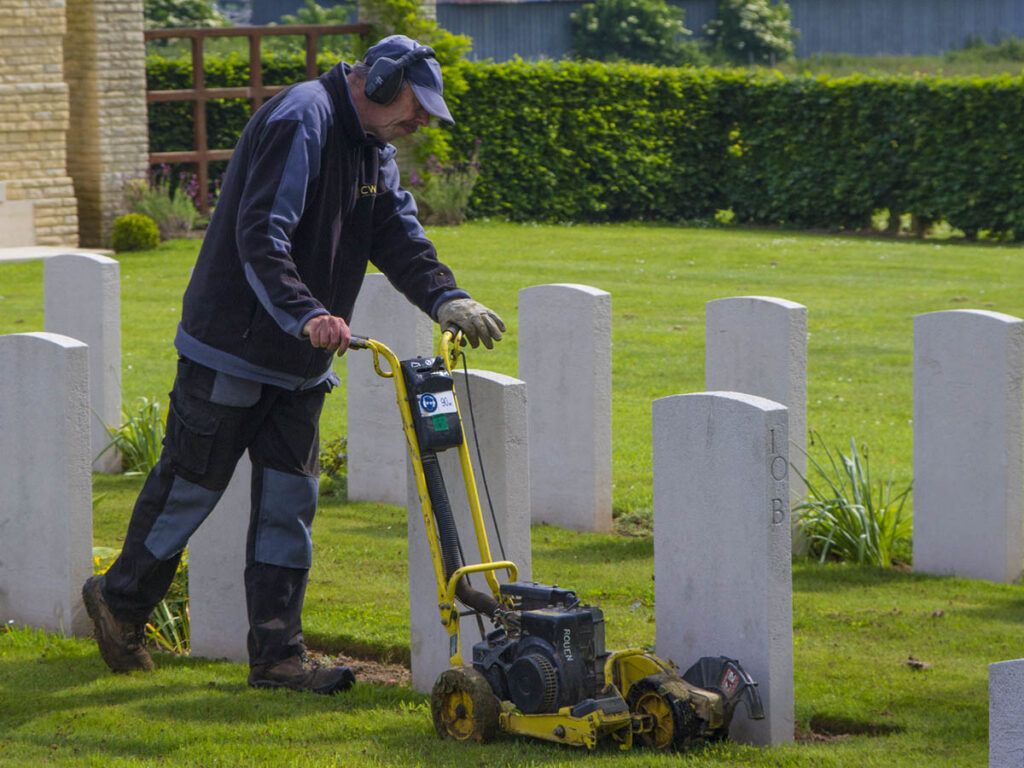
Symbolic elements throughout the cemetery speak to sacrifice and remembrance. The Cross of Sacrifice represents the faith of the majority while honoring all regardless of religion. The Stone of Remembrance bears the words “Their Name Liveth For Evermore,” a phrase from Ecclesiastes.
When you visit at different times of day, you’ll notice how sunlight creates different moods across the cemetery grounds, highlighting different memorial elements as the shadows move.
Units and Regiments Represented
St. Manvieu War Cemetery serves as the final resting place for soldiers from numerous military units who fought during the Normandy Campaign. The cemetery honors fallen servicemen from several distinguished British regiments and Canadian forces who made the ultimate sacrifice.
Royal Welch Fusiliers
The Royal Welch Fusiliers played a significant role in the Normandy Campaign, with many of their fallen now resting at St. Manvieu. This historic regiment, with roots dating back to 1689, fought valiantly following the D-Day landings.
As you walk among the graves, you’ll notice several markers bearing their regimental badge – the Prince of Wales’s feathers. The Fusiliers were involved in Operation Epsom, a major offensive west of Caen in late June 1944.
Many of these soldiers fell during fierce fighting around Cheux and Saint-Manvieu-Norrey. The regiment suffered heavy casualties as they pushed inland against determined German resistance, including confrontations with SS Panzer units in the hedgerow country.
Dorsetshire Regiment
The Dorsetshire Regiment has a significant presence at St. Manvieu Cemetery. These soldiers, often simply called “The Dorsets,” served as part of the 50th (Northumbrian) Infantry Division during the Normandy Campaign.
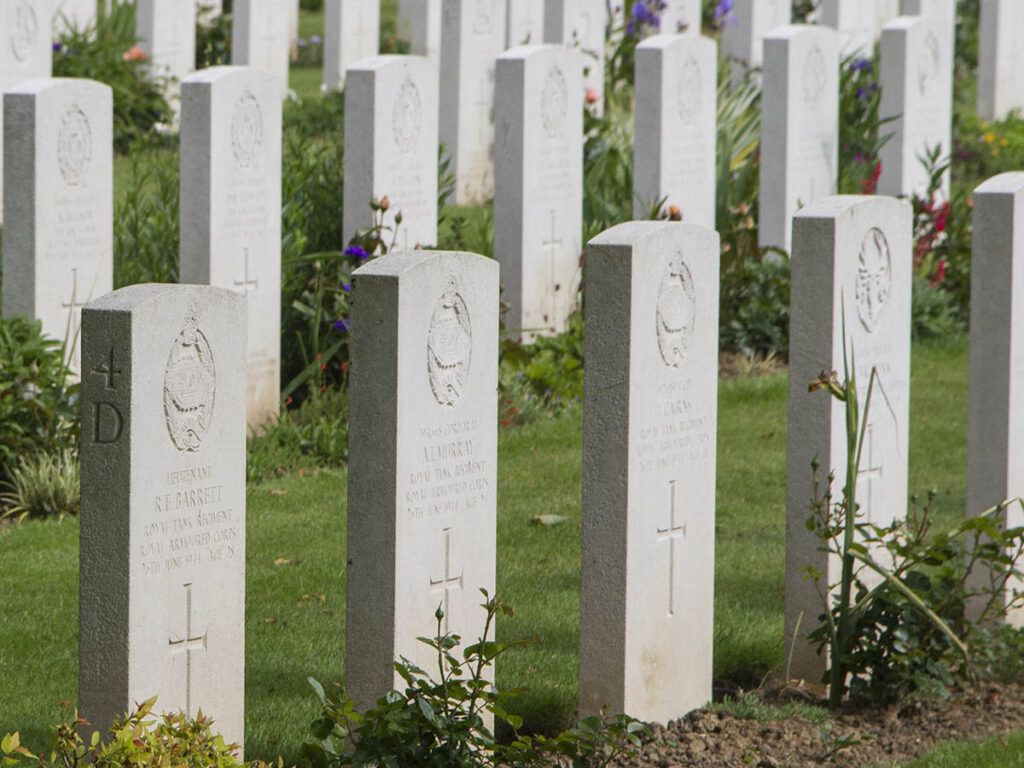
You’ll find many Dorset Regiment graves dated from late June and early July 1944, when they faced intense fighting in the villages surrounding Caen. The regiment participated in Operations Epsom and later Jupiter, crucial battles in the Allied push to capture this strategic Norman city.
The Dorsets faced particularly difficult combat conditions in the bocage countryside, where dense hedgerows provided natural defensive positions for German forces. Their casualties reflect the regiment’s courage during this challenging phase of the campaign as they helped establish the Allied foothold in Normandy.
Durham Light Infantry
The Durham Light Infantry (DLI) is well-represented at St. Manvieu, with numerous graves bearing their distinctive badge. These soldiers from northeast England fought as part of the 50th Infantry Division alongside other British units.
When visiting, you’ll notice many DLI graves clustered together, reflecting how these men fought and fell as a unit. The regiment suffered significant losses during the battles west of Caen in late June 1944.
The DLI was known for its fighting spirit and participated in Operation Epsom. Their objective was to secure crossings over the Odon River, facing determined German defenders including elements of the 12th SS Panzer Division.
Many of these soldiers made the ultimate sacrifice in the fields and villages around Cheux, helping to secure crucial ground during the Allies’ push inland from the beaches.
Canadian Air Force
The Royal Canadian Air Force (RCAF) has several airmen laid to rest at St. Manvieu. These aviators supported ground operations by providing close air support, reconnaissance, and bombardment during the Normandy Campaign.
As you explore the cemetery, you’ll notice the distinctive RCAF insignia on several headstones. Many of these airmen were shot down during missions targeting German positions around Caen and transportation networks throughout Normandy.
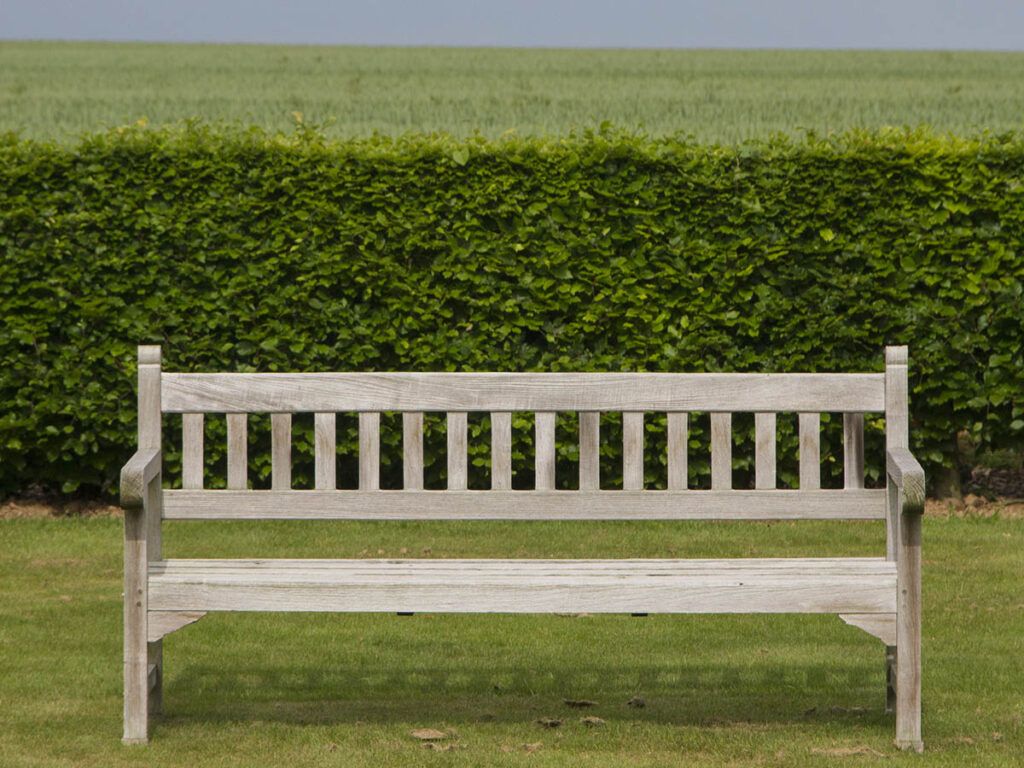
Canadian air crews flew a variety of aircraft including Spitfires, Typhoons, and bombers. They played a crucial role in the Allied air superiority that helped ground forces advance. Their dangerous missions often involved flying at low altitudes to attack German armor and gun positions.
Visiting St. Manvieu War Cemetery
St. Manvieu War Cemetery offers a place of remembrance for those who made the ultimate sacrifice during World War II. This Commonwealth cemetery contains over 2,000 graves of British, Canadian, and Australian soldiers who fell during the Normandy campaign.
Location and Accessibility
The cemetery is located about 8 km west of Caen, just past Manvieu village in the commune of Saint-Manvieu-Norrey in Calvados. You can easily reach it by taking the D9 road. If you’re using GPS, the coordinates will help you navigate directly to this peaceful memorial site.
Public transportation to the cemetery is limited, so renting a car is your best option. The roads leading to the cemetery are well-maintained, making it accessible year-round.
Parking is available on-site, with designated spaces for visitors. The cemetery grounds are wheelchair accessible with paved pathways throughout most areas.
When planning your visit, consider the opening hours. The cemetery is typically open daily from sunrise to sunset, giving you flexibility in your travel schedule.
Respectful Conduct and Practices
When visiting St. Manvieu War Cemetery, remember that it’s a place of remembrance and respect. Dress modestly and speak quietly to maintain the solemn atmosphere.
Photography is permitted, but be mindful not to disturb other visitors. Avoid walking across graves and stay on the designated paths whenever possible.
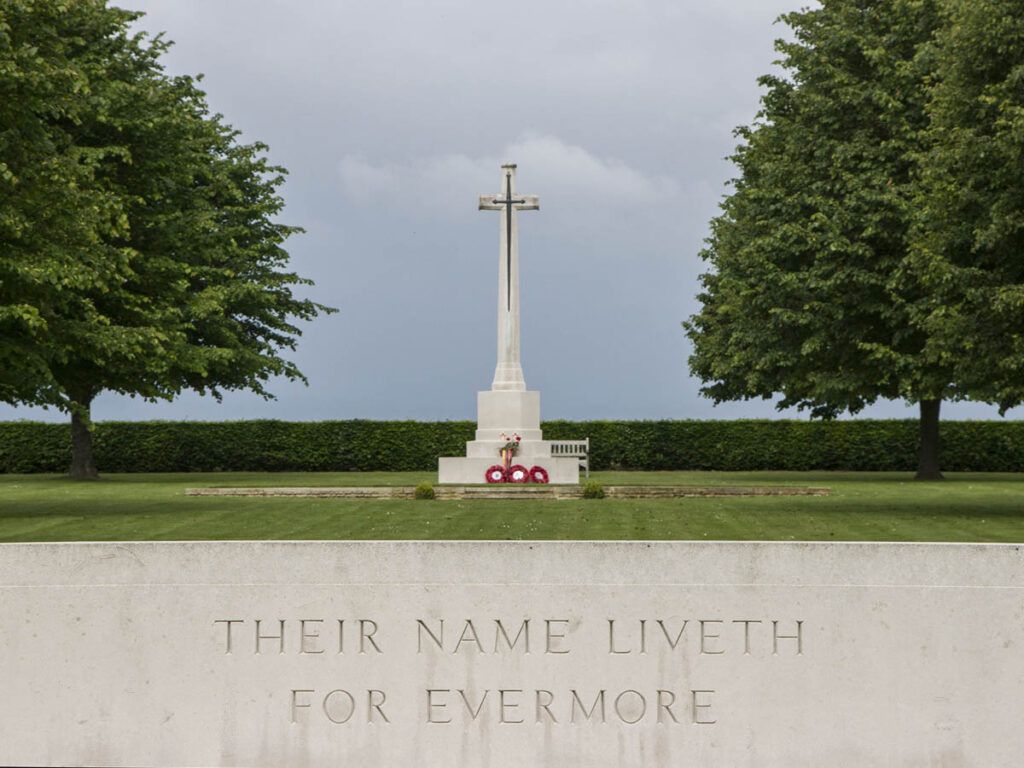
If you wish to leave tributes, small flowers or poppy wreaths are appropriate. The cemetery staff regularly removes wilted flowers and maintains the grounds.
Children are welcome, but please supervise them closely and explain the significance of the site. This can be an educational opportunity about the sacrifices made during WWII.
Many visitors take a moment of silence to reflect on the lives lost. Some find it meaningful to locate specific graves of soldiers from their hometown or family.
Travel Tips and Advice
The best time to visit is between April and October when the weather is mild. Spring brings beautiful flowers to the cemetery grounds, creating a peaceful backdrop for reflection.
Essential items to bring:
- Water bottle
- Weather-appropriate clothing
- Camera
- Small notebook for reflections
- Umbrella (Normandy weather can be unpredictable)
Consider combining your visit with nearby historical sites like Tilly-sur-Seulles, which was heavily contested during the Battle of Normandy. This creates a more comprehensive understanding of the region’s wartime history.
Allow yourself at least 45 minutes to explore the cemetery properly. Many visitors find they need more time as they read inscriptions and reflect on the sacrifices made.
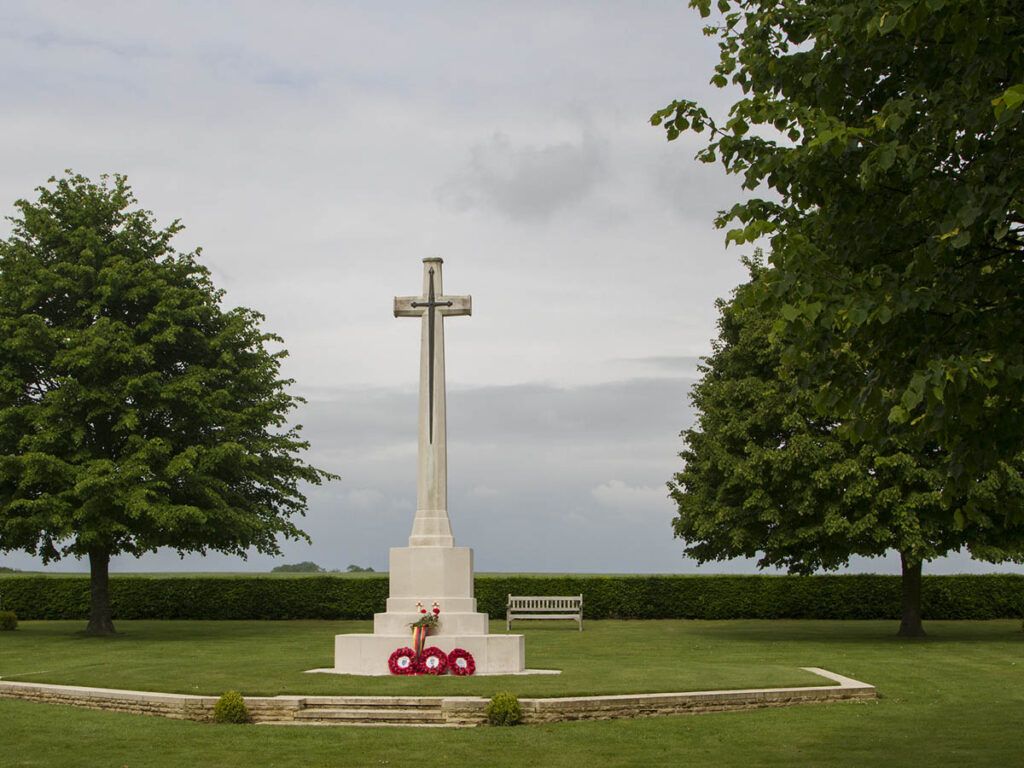
Entry to the cemetery is free of charge, making it accessible to all visitors wishing to pay their respects.
Accommodations and Amenities
While the cemetery itself has limited amenities (restrooms are available), nearby towns offer various services. Caen, just 8 km away, provides numerous accommodation options ranging from budget hotels to luxury stays.
Recommended Hotels in Caen:
- Hôtel des Quatrans
- Best Western Plus Le Moderne
- Mercure Caen Centre Port de Plaisance
- Ibis Styles Caen Centre Gare
- Hôtel Restaurant Ivan Vautier
For meals before or after your visit, small cafés and restaurants can be found in the surrounding villages. The town of Cheux, very close to the cemetery, has basic amenities including a bakery and small shops.
If you’re planning to stay in the area, booking accommodations in advance is recommended, especially during summer months and on D-Day anniversary dates when visitor numbers increase significantly.
Public restrooms at the cemetery are basic but clean. For visitors with mobility concerns, accessible facilities are available.
There is no on-site gift shop, but informational materials about the cemetery and those buried there are sometimes available from the caretaker’s office.
Guided Tours
Several local tour companies offer guided visits to St. Manvieu and other war cemeteries in the Normandy region. These tours typically include transportation from Caen or Bayeux and provide historical context.
Benefits of guided tours:
- Expert historical knowledge
- Transportation between sites
- Personal stories about specific soldiers
- Broader context of the Normandy campaign
Self-guided tours are also possible using the Commonwealth War Graves Commission materials available online or at the cemetery entrance. These provide information about the cemetery’s history and notable burials.
Recommended D-Day Tours from Paris:
- From Paris: Normandy D-Day Beaches Day Trip
- From Paris: 2-Day Normandy & Brittany Tour
- Normandy American D-Day Experience (From Bayeux Station)
Recommended D-Day Tours from Bayeux:
- From Bayeux: American D-Day Sites in Normandy Full-Day Tour
- From Bayeux: American D-Day Sites in Normandy Half-Day Tour
- From Bayeux: Half-Day Normandy WWII Sidecar Tour
- Full-Day US Battlefields of Normandy Tour from Bayeux
Recommended Private D-Day Tours:
- From Paris: Normandy D-Day Landing Beaches Full-Day Tour
- From Rouen: Normandy D-Day Beaches Private Full-Day Tour
- Private Tour: Rouen, Bayeux, and Falaise Day Trip from Bayeux
- Normandy WWII Private Half-day Sidecar Tour From Bayeux
Recommended Band of Brothers Tours:
For a more personalized experience, private guides can be booked in advance. They often tailor the tour to your specific interests, whether military strategy, personal stories, or architectural elements.
School groups and educational tours are welcome, with special programming available upon request. These educational visits help younger generations understand the historical significance of the site.
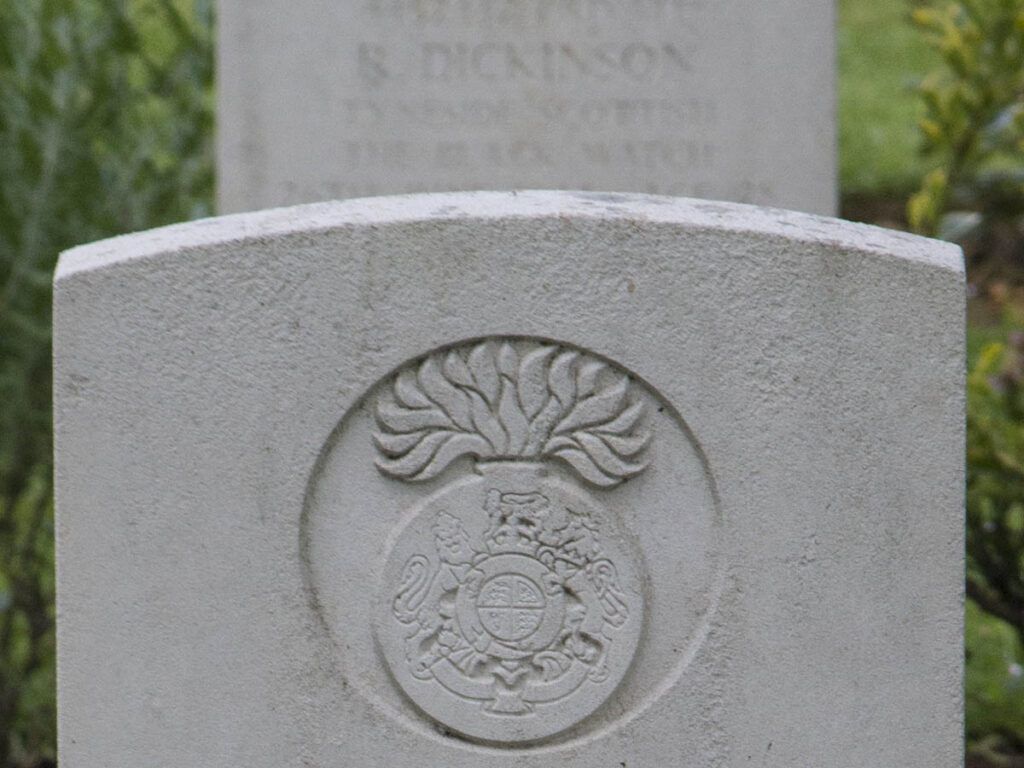
Nearby Points of Interest
While visiting St. Manvieu War Cemetery, you’ll find several meaningful sites and attractions in the surrounding area. The Normandy region offers both solemn memorial locations and enjoyable activities for travelers.
Other CWGC Sites
Just a short drive from St. Manvieu, you’ll find several other Commonwealth War Graves Commission cemeteries that honor fallen soldiers. The Cambes en Plaine and Rots cemeteries are located nearby, each offering a quiet place for reflection.
Hottot-les-Bagues War Cemetery lies southwest of Caen and contains over 1,000 Commonwealth burials from the Normandy Campaign. The meticulously maintained grounds provide a peaceful setting to honor the sacrifice of those who fell.
For those interested in WWII history beyond Normandy, the Arnhem Oosterbeek War Cemetery in the Netherlands and Arezzo War Cemetery in Italy offer similar solemn experiences. Though far from St. Manvieu, these sites share the CWGC’s commitment to honoring the fallen.
Local Attractions
Mont St Michel, one of France’s most iconic landmarks, is accessible as a day trip from the Caen area. Several tour companies offer guided excursions that depart from nearby Bayeux.
Festyland Parc provides a fun break from historical sites, especially if you’re traveling with children. This popular amusement park offers rides and entertainment for the whole family.
The city of Caen itself deserves exploration with its historic center and the Memorial Museum dedicated to peace. You can easily spend a day wandering its streets and visiting the impressive castle.
Omaha Beach and the Normandy American Cemetery, part of the famous D-Day landing sites, are within driving distance. These powerful locations complement your visit to St. Manvieu by providing a more complete understanding of the Allied campaigns.
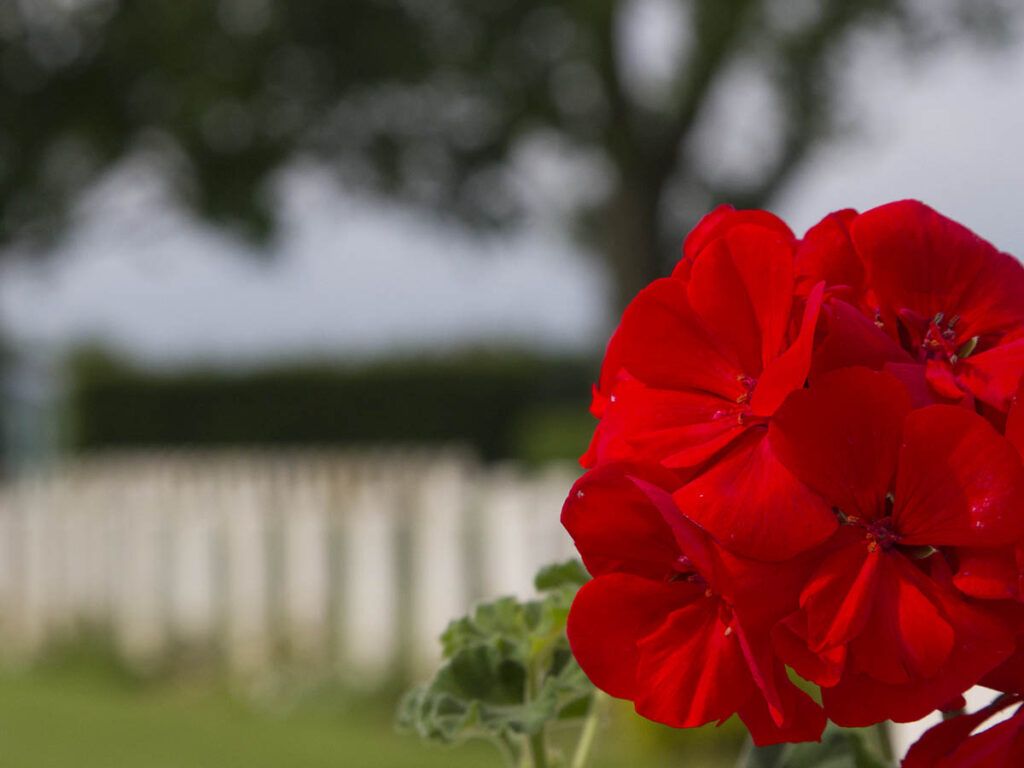
Why It’s Worth Visiting
St. Manvieu War Cemetery offers visitors a powerful and moving experience that connects you to the sacrifices made during World War II. Located just 8km west of Caen, this beautifully maintained cemetery honors 1,627 Commonwealth soldiers who lost their lives.
When you visit, you’ll find a peaceful place for reflection that helps bring history to life in a way textbooks simply cannot. The meticulously kept grounds show tremendous respect for the fallen.
The cemetery’s location near Carpiquet Airport—a key strategic objective during the Allied campaign—adds historical significance to your visit. You’re literally walking on ground that soldiers fought to liberate.
Unlike more crowded war memorials, St. Manvieu offers a quieter, more personal experience. You can take your time reading individual inscriptions and contemplating the human cost of war.
The cemetery is also conveniently located near other D-Day sites, making it an excellent addition to your Normandy itinerary. You can easily combine it with visits to nearby battle sites and museums.
Visitor tip: Bring a small notebook to record your thoughts or the names of soldiers whose stories touch you. Many visitors find this helps process the emotional experience.
For history enthusiasts, students, or anyone interested in remembering the past, St. Manvieu War Cemetery provides an essential window into one of history’s most pivotal moments.

